Handmade Gifts Done Right: A Guide to Crafting Presents People Actually Want
I’ve spent a huge chunk of my life making things by hand, from running a small artisan business to teaching craft workshops on weekends. And if there’s one thing I’ve learned, it’s this: a truly great handmade gift isn’t about pinching pennies. It’s about giving something unique—your time, your care, and a bit of your personality.
In this article
Let’s be honest, we’ve all seen those online lists of quick DIY projects that promise the world but end up looking… well, a little cheap or rushed. This guide is different. I’m not here to throw seventy half-baked ideas at you. Instead, we’re going to dive deep into three classic handmade gifts and learn how to do them right, with professional-level quality.
We’ll cover the techniques, the science behind why things work (or don’t!), and all the hard-won lessons I picked up along the way. We’re focusing on making something genuinely beautiful, safe, and worth giving. We’ll start with amazing scented soy candles, then move on to luxurious sugar scrubs and gourmet cookie mixes. By the end, you’ll have skills, not just a finished project.
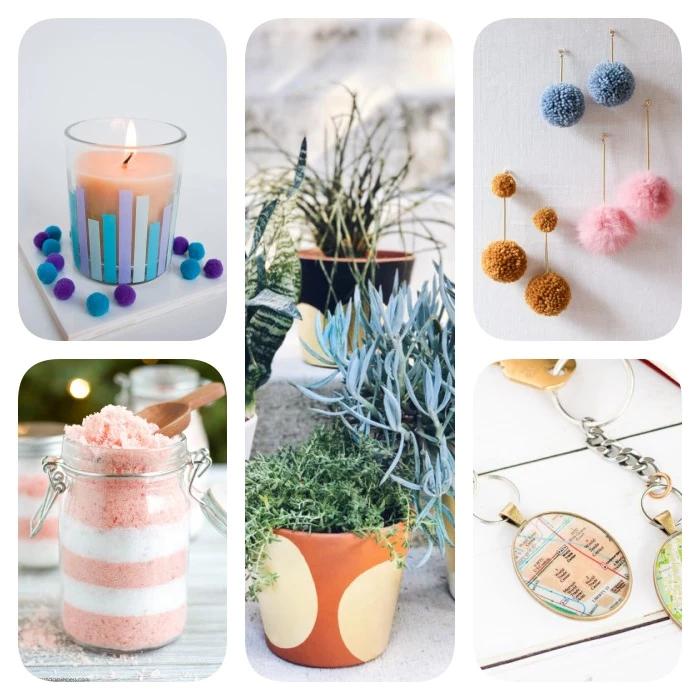
The Secret Sauce of a Great Handmade Gift
Before we even think about melting wax or scooping sugar, let’s talk about the principles that separate a thoughtful, well-crafted item from a last-minute craft fail. These are the fundamentals that turn “I made this” into “I crafted this for you.”
Good Materials Are Non-Negotiable
The quality of your gift is pretty much decided before you even start. Using cheap or wrong materials is the fastest way to a disappointing result. For candles, that means picking the right wax and fragrance. For body scrubs, it’s about using skin-safe oils. You get the idea.
I’ll point you toward reliable suppliers—the kind the pros use, not just the big-box craft stores. Think places like CandleScience, Bramble Berry, or The Flaming Candle online. Spending a few extra dollars here, like paying $6 for a pound of quality soy wax instead of $4 for a questionable block, is the difference between a gift that gets proudly used and one that gets tucked away in a drawer.
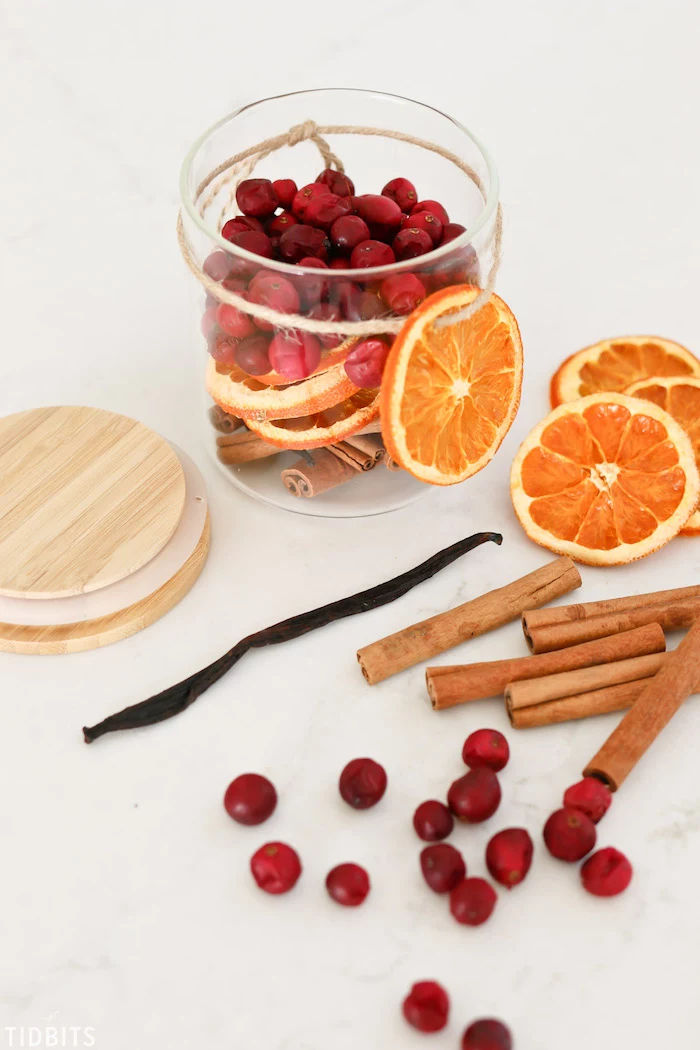
Heads Up: Safety First, Always
When you give someone a gift you made, you’re also responsible for its safety. This is a big deal that a lot of online tutorials just gloss over. We’re talking about fire safety with candles (a real thing!), preventing bacterial growth in scrubs, and noting food allergens in mixes. I’ve seen what happens when these things go wrong, and it’s not pretty. Following safety guidelines is just a basic sign of respect for the person you’re gifting to.
Don’t Forget the Finishing Touches
Okay, so you’ve made a beautiful gift. Don’t ruin it with sloppy packaging! A gorgeous candle in a dusty jar with a crooked, handwritten label just screams ‘afterthought.’ A simple, clean label (you can design one for free on sites like Canva), a bit of twine, and a nice, clean container elevate the whole experience. It’s what makes your gift feel special and valuable.
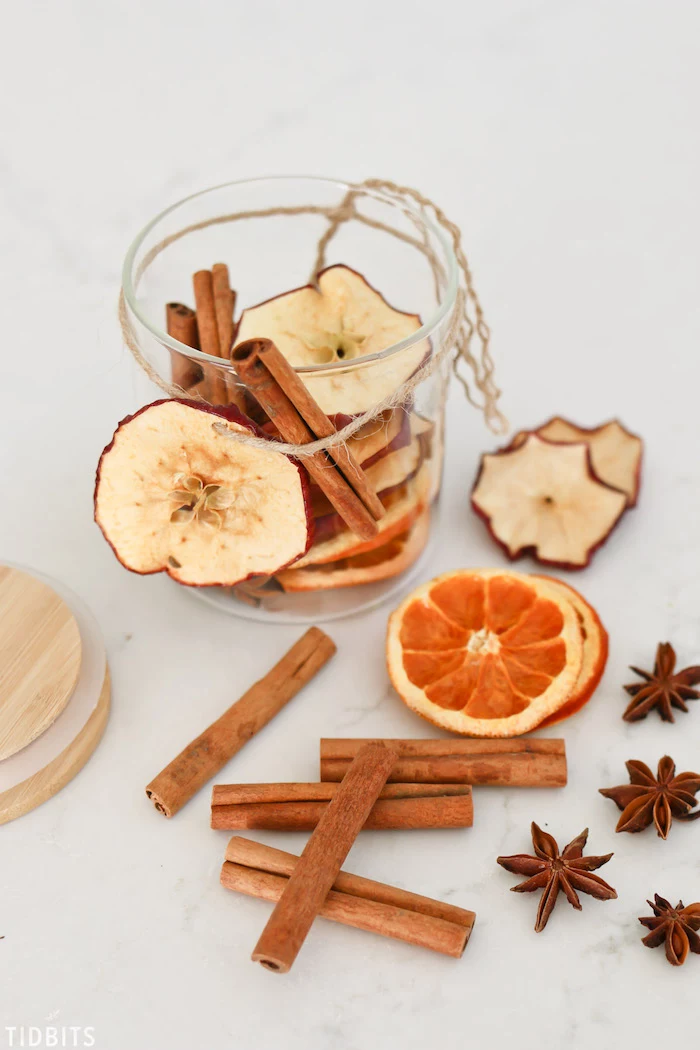
Project 1: Crafting Scented Soy Wax Candles Like a Pro
I’m not going to lie—making candles is as much a science as it is an art. My first hundred or so candles were a hot mess. Some had zero scent, others tunneled straight down the middle, and one even cracked its glass container while cooling. I learned these lessons the hard way so you don’t have to.
A well-made candle burns cleanly, fills a room with amazing fragrance, and is completely safe to enjoy. To get there, you just need to understand a few key things.
A Peek Behind the Curtain: The Science of a Great Candle
Think of a candle as a team: the wax is the fuel, the wick is the engine, and the fragrance is the experience. If one of them isn’t doing its job, the whole system fails. We’re using soy wax because it’s a natural, renewable wax that burns cleaner and slower than old-school paraffin. It also holds a ton of fragrance. But, soy wax can be a bit of a diva. It’s known for causing “frosting” (white patches) or “wet spots” where it pulls away from the glass. Don’t worry, we can manage these quirks with good temperature control.
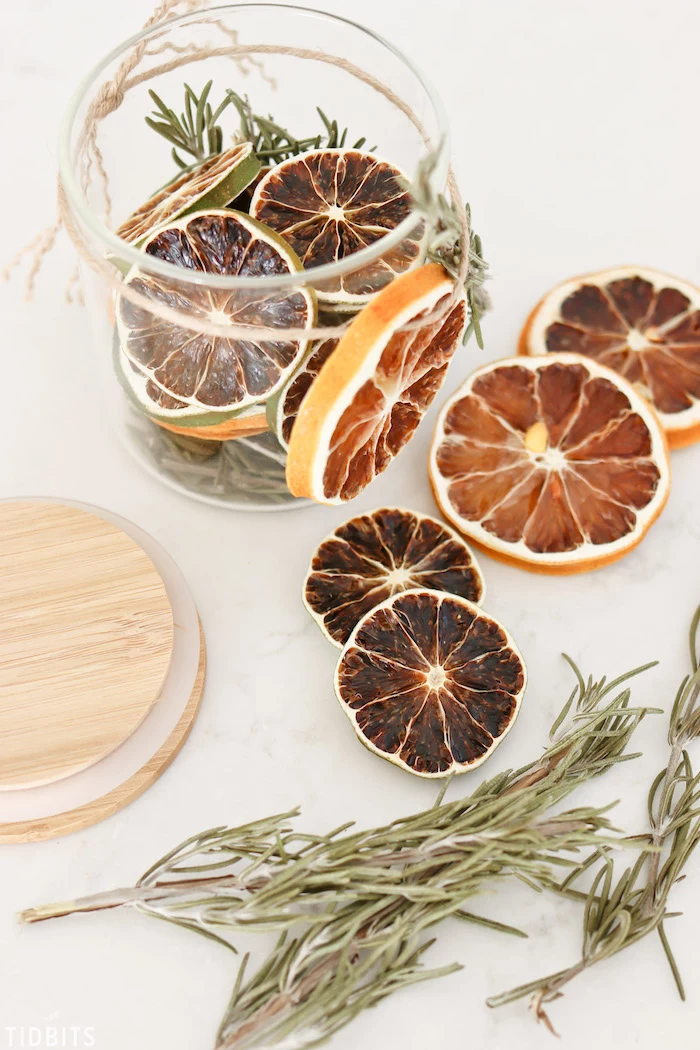
The wick, however, is the single most critical part. It pulls melted wax up to the flame. Too small, and your candle will tunnel, leaving tons of wasted wax on the sides. Too big, and you’ll get a huge, sooty flame that burns way too fast. Getting the wick right is all about testing. Always match your wick size to the diameter of your container. Good to know: Most candle supply websites have wick-sizing guides that are incredibly helpful for this.
Quick Win: Before you buy a thing, look around your house for three sturdy glass jars you could upcycle. Think old jam jars or yogurt pots. To test if one is safe, carefully pour boiling water into it. If it doesn’t crack, you’ve likely found your first candle containers for free!
The Tools & Techniques for Perfect Pours
Precision is your best friend. Forget guessing—get a digital kitchen scale and a digital thermometer. They’re maybe $10-$15 each on Amazon and will save you so much frustration.
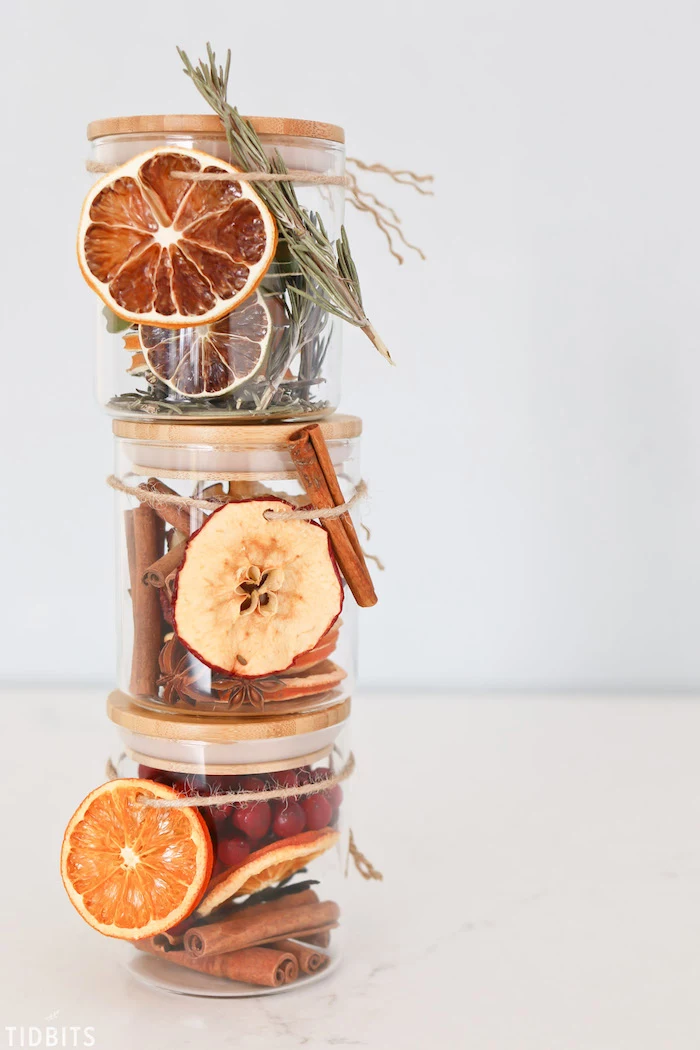
Here’s What You’ll Need:
- Soy Wax: You’ll want 1 lb of a quality container soy wax, like Golden Brands 464 or NatureWax C-3. This is enough for about three 8-ounce candles and will run you about $5-$8 from an online supplier.
- Fragrance Oil: Grab 1-2 oz of a high-quality fragrance oil made specifically for candles. Expect to pay between $4 and $7 per ounce. A quick heads-up: don’t use essential oils for your first time. They have different properties and can be unpredictable and even unsafe in hot wax.
- Wicks: A pack of cotton or paper-core wicks will do the trick. For a typical 3-inch diameter jar, an ECO-10 or CD-18 wick is a great starting point. A pack of 100 is usually under $10.
- Containers: Three heat-safe 8-ounce glass jars. Canning jars work great!
- Equipment: You’ll need a pouring pot (or an old heat-safe pitcher), a saucepan to create a double boiler, a digital scale, a digital thermometer, wick stickers (or a hot glue gun), and clothespins to hold your wicks centered.
Let’s Make Some Candles: The Step-by-Step
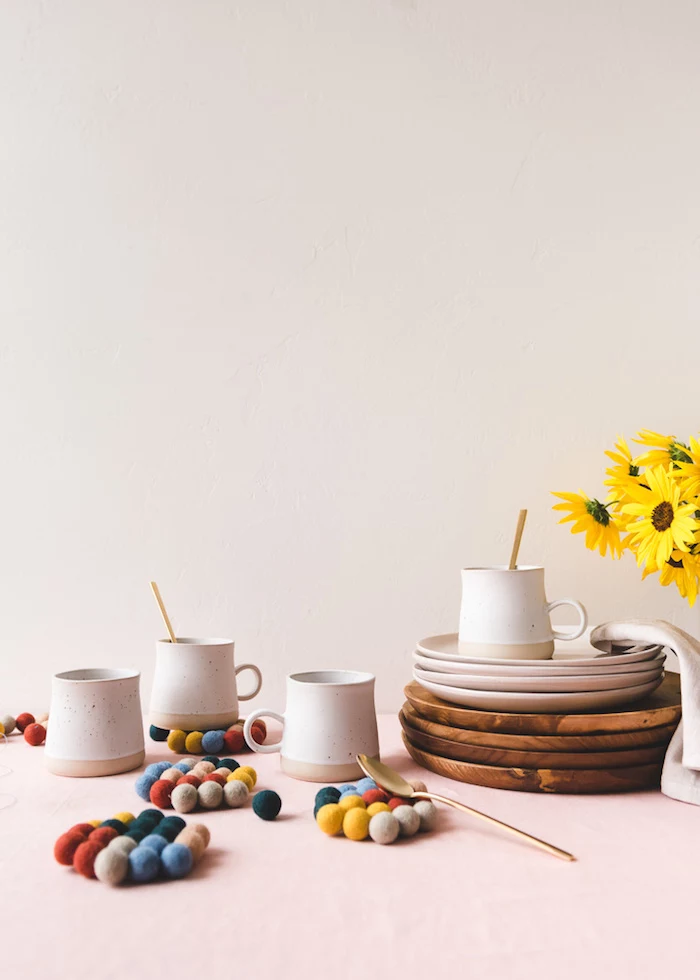
- Prep Your Station: First, make sure your jars are sparkling clean and bone dry. Any moisture is a no-go. Use a wick sticker or a dot of hot glue to secure the metal base of the wick to the dead center of the jar’s bottom.
- Measure Your Wax: Place an empty jar on your digital scale and hit the ‘tare’ button to zero it out. Fill the jar with wax flakes to where you want the candle to end. The weight you see is roughly how much wax that jar needs. Do this for all your jars to get your total wax weight.
- Melt It Down: Create a simple double boiler. Place your pouring pot (with the wax flakes inside) into a saucepan filled with a few inches of water. Heat it on medium, stirring the wax occasionally as it melts.
- Watch That Temperature: Clip your thermometer to the side of the pot. Heat the soy wax to a steady 185°F (that’s 85°C). This specific temperature is key—it opens up the wax molecules so they can bond properly with the fragrance oil. Hold it there for a couple of minutes.
- Add the Scent: Remove the pot from the heat. At 185°F, it’s time to add your fragrance oil. A standard, safe amount is 6% fragrance by weight. So, for 1lb (16 oz) of wax, you’d add about 1 oz of oil. (The math: 16 oz * 0.06 = 0.96 oz). Stir gently but very thoroughly for two full minutes. Don’t rush this! It’s what ensures your candle will actually smell good when lit.
- Cool and Pour: Let the wax cool down in the pouring pot to about 135°F (57°C). Pouring at this lower temperature helps reduce frosting and wet spots. Pour slowly and steadily into your prepared jars.
- Center the Wick: The wick will probably be a little floppy. Lay a clothespin across the top of the jar to pinch the wick and hold it perfectly straight and in the center while the wax sets.
- Let It Be: Now for the hard part: patience. Let the candles cool and cure undisturbed in a room-temperature spot, away from drafts, for at least 24 hours. Don’t pop them in the fridge to speed it up!
- The Two-Week Wait (It’s Worth It!): I know you want to light it right away, but you have to let your candles cure. A full cure takes 1-2 weeks. During this time, the fragrance oil continues to bind with the wax, creating a much stronger and more beautiful scent when you finally burn it. This is the #1 secret to a powerful scent throw.
- Trim the Wick: Before you light it or gift it, trim the wick to about ¼ inch. A long wick will cause soot and a dangerously large flame.
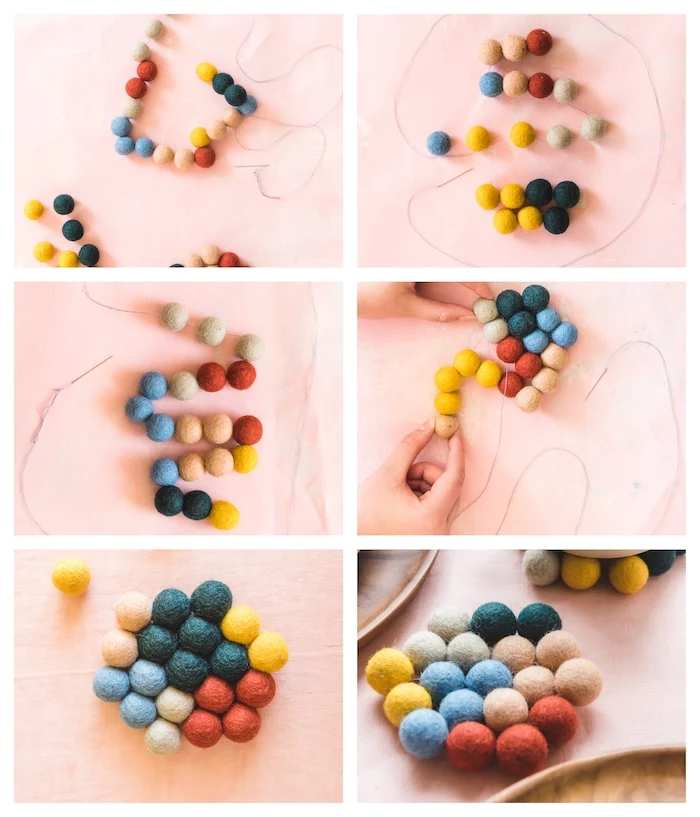
Oops! Common Candle Problems & Easy Fixes
Things don’t always go perfectly, and that’s okay! Here are a few common issues and how to handle them:
- My candle top is bumpy or cracked! This is super common with soy wax and is usually caused by the wax cooling too quickly. It’s mostly an aesthetic issue, but you can smooth the top with a heat gun (or even a hairdryer on high).
- Why can’t I smell my candle? This could be a few things. You might not have used enough fragrance oil, added it when the wax was too cool, or—most likely—you didn’t let it cure long enough. Give it another week!
- It’s tunneling down the middle! This means your wick was too small for the jar diameter. Or, you didn’t let it burn long enough the very first time. Pro tip: The first burn is the most important. You need to let the candle burn until the melted wax pool reaches the entire edge of the jar. This sets the ‘wax memory’ and prevents tunneling on all future burns.
Inspiration Gallery
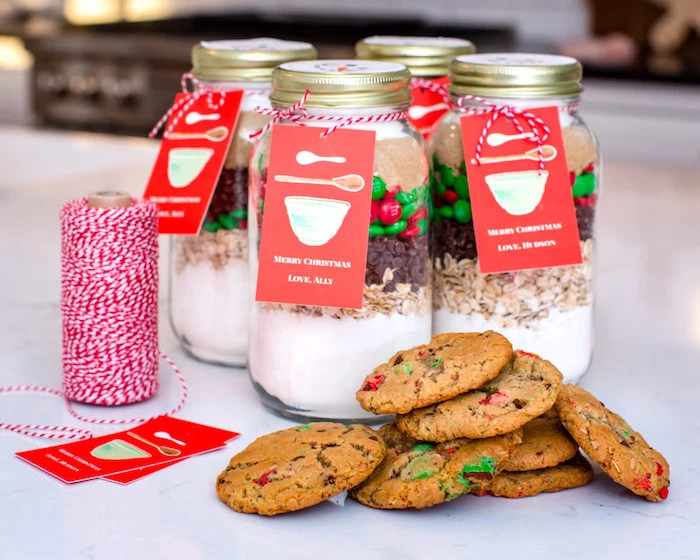
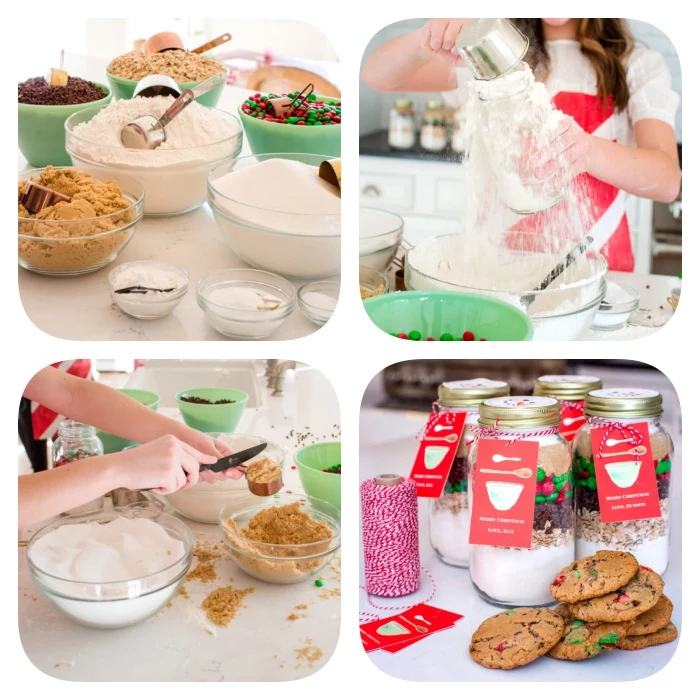
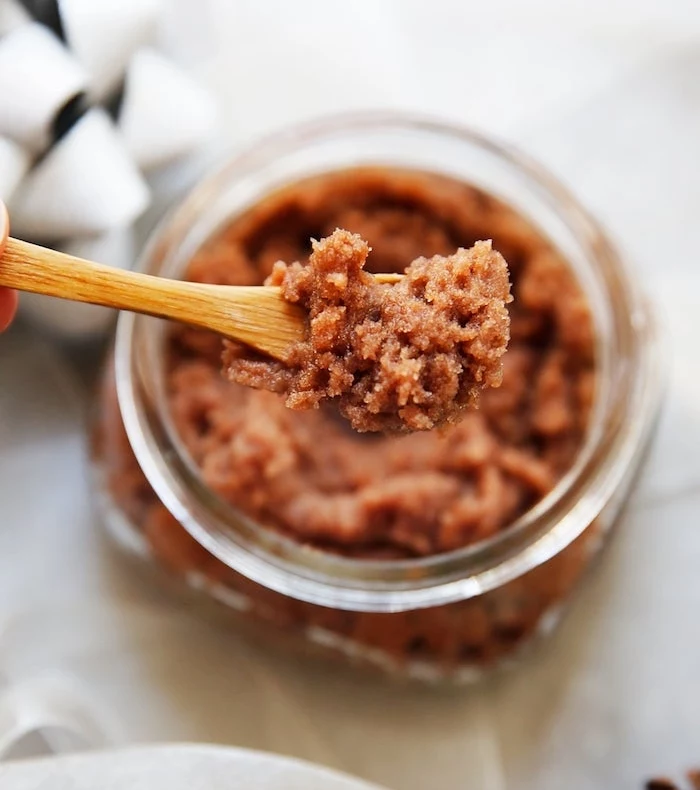
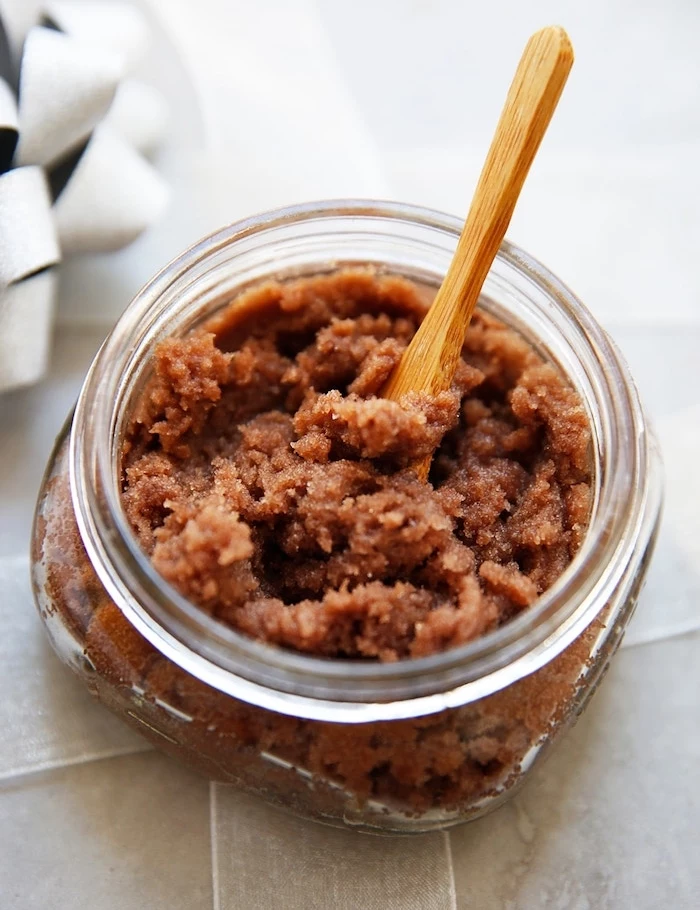
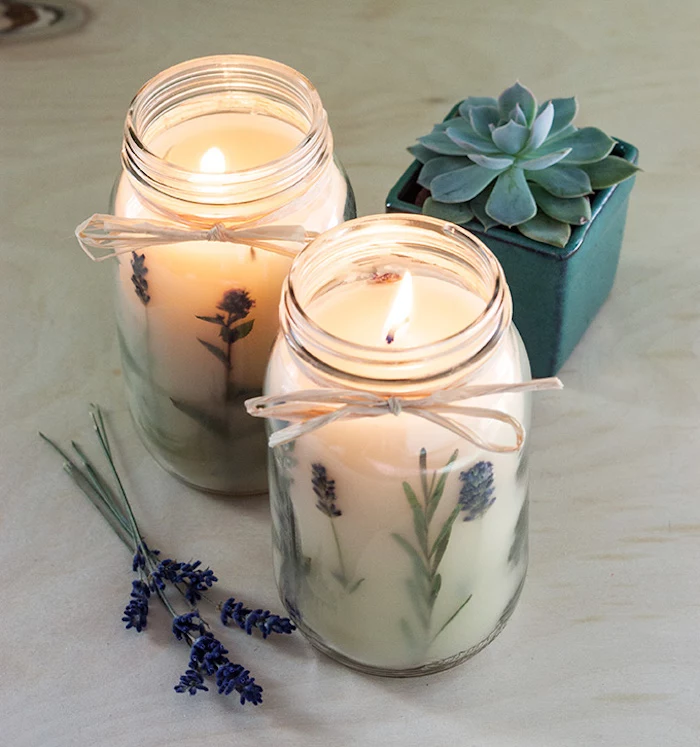
A crucial tip: Not all fragrance oils are created equal. Always use oils specifically marked
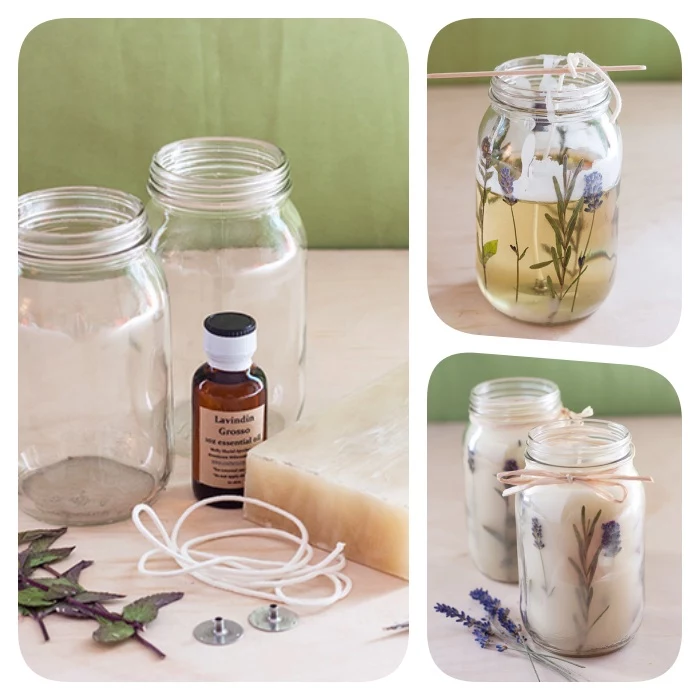

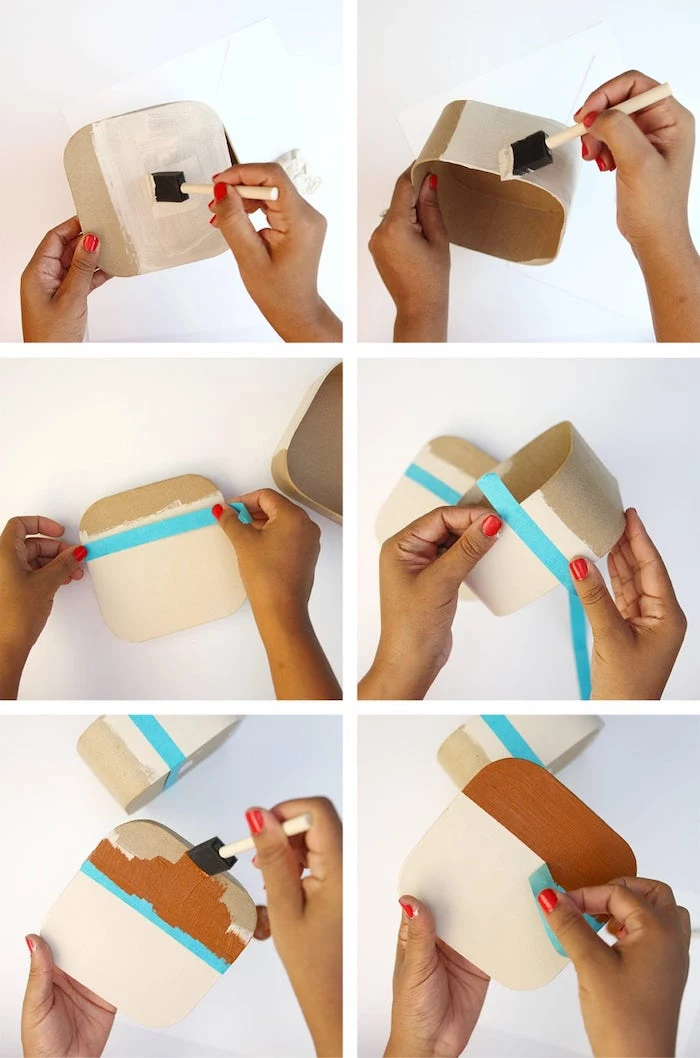
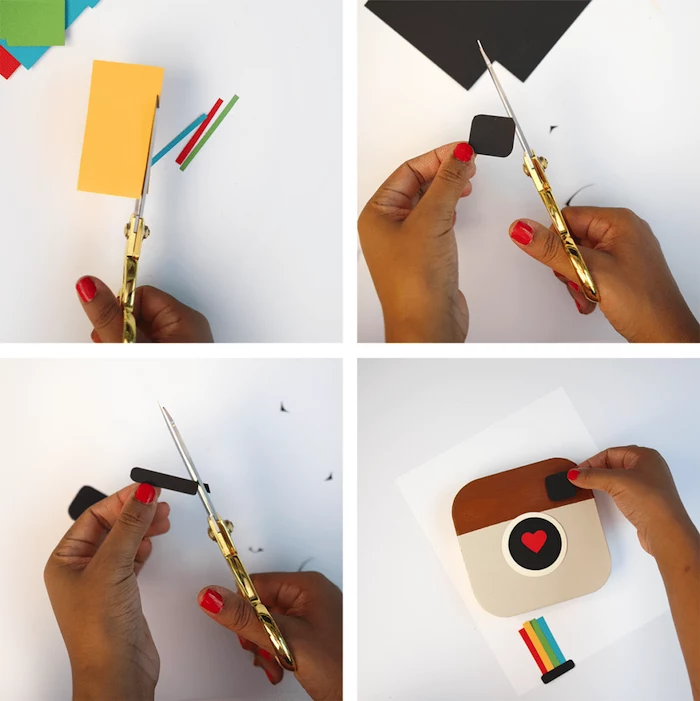

Scent is the sense most closely linked to memory.
This is why a custom-scented candle or scrub is so powerful. Instead of a generic
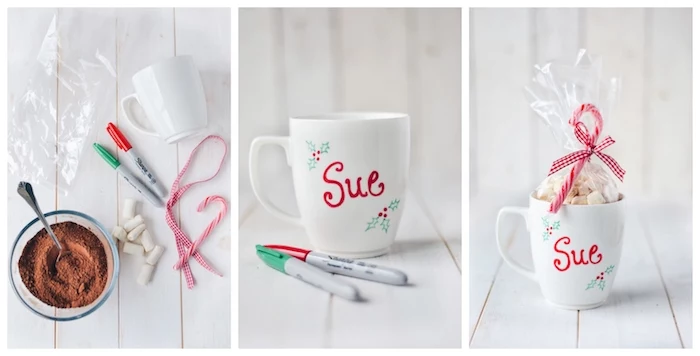
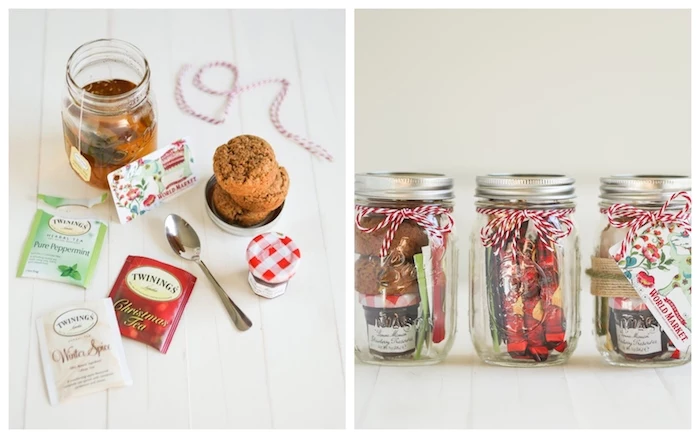
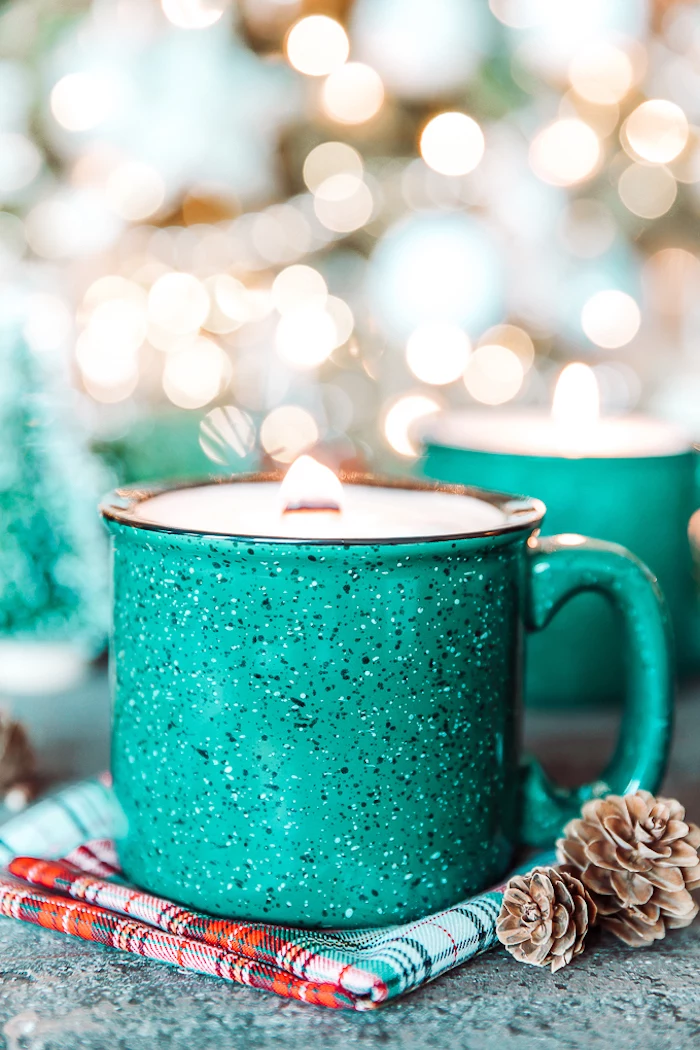
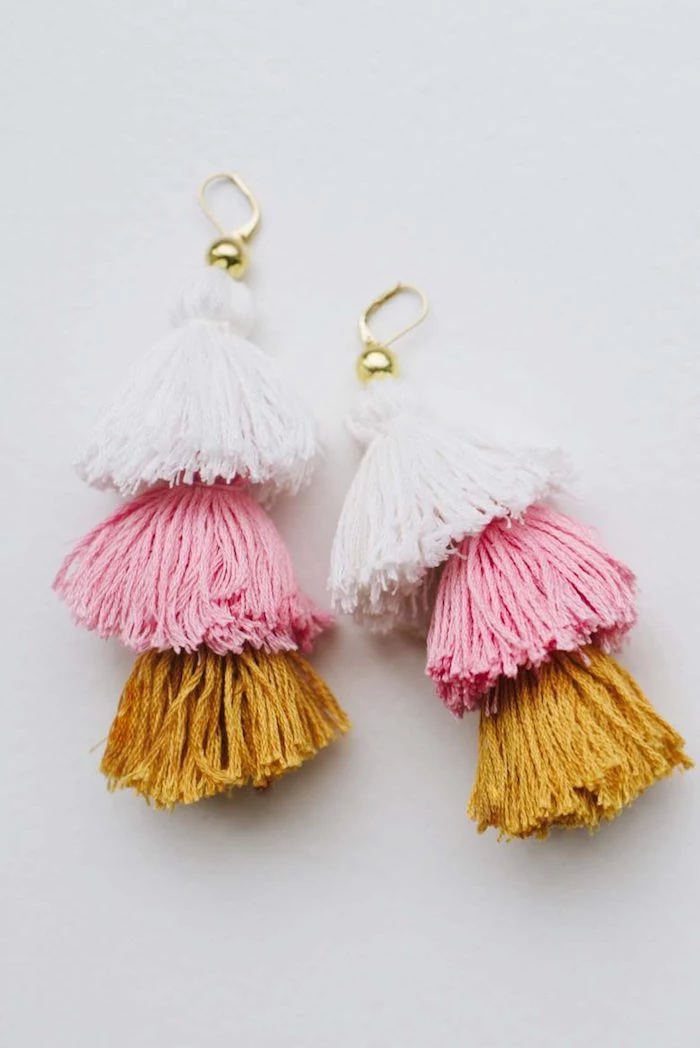
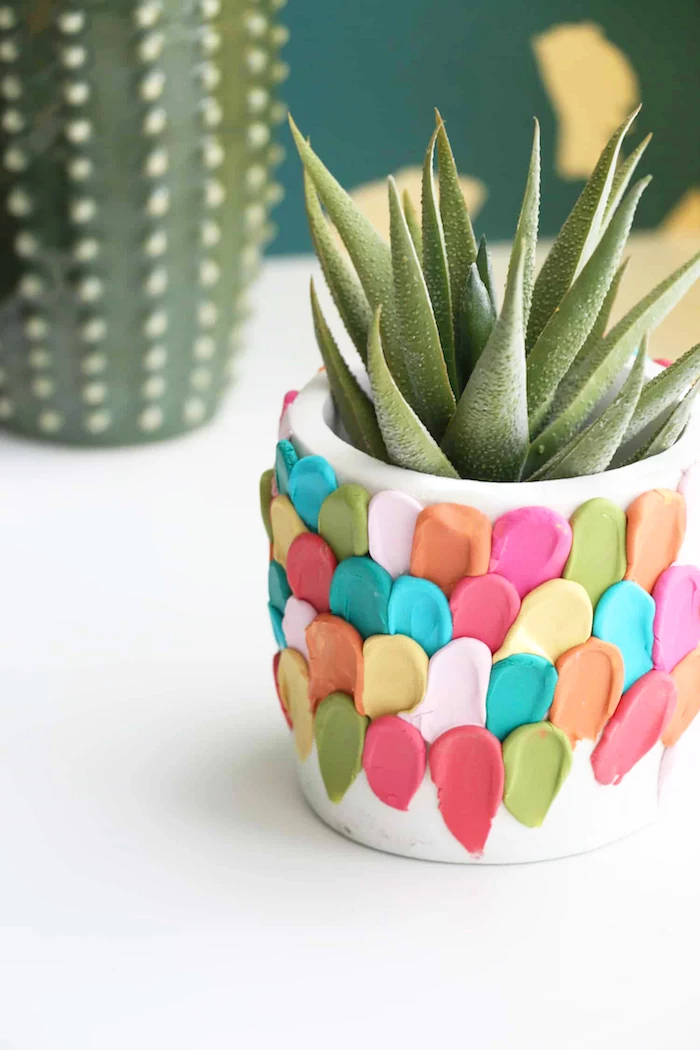
What’s the difference between using coconut oil and sweet almond oil in a sugar scrub?
Coconut oil is deeply moisturizing and solid at room temperature, creating a firmer, more emollient scrub. Sweet almond oil is lighter, absorbs faster, and is rich in Vitamin E, making it great for sensitive skin. Your choice depends on the desired texture and the skin benefits you want to offer.
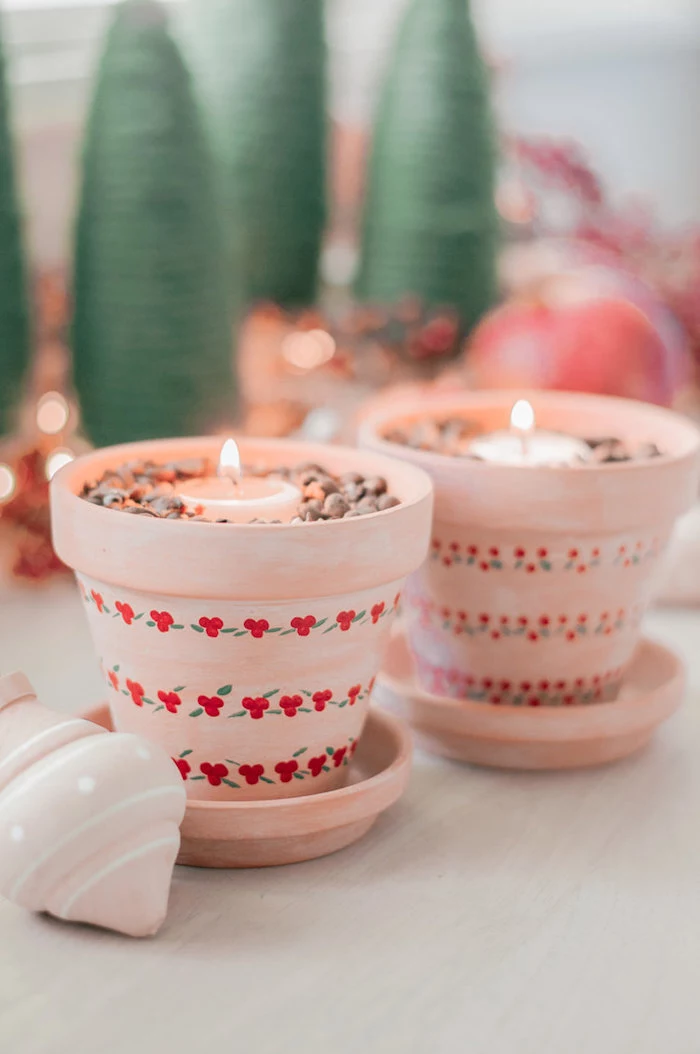
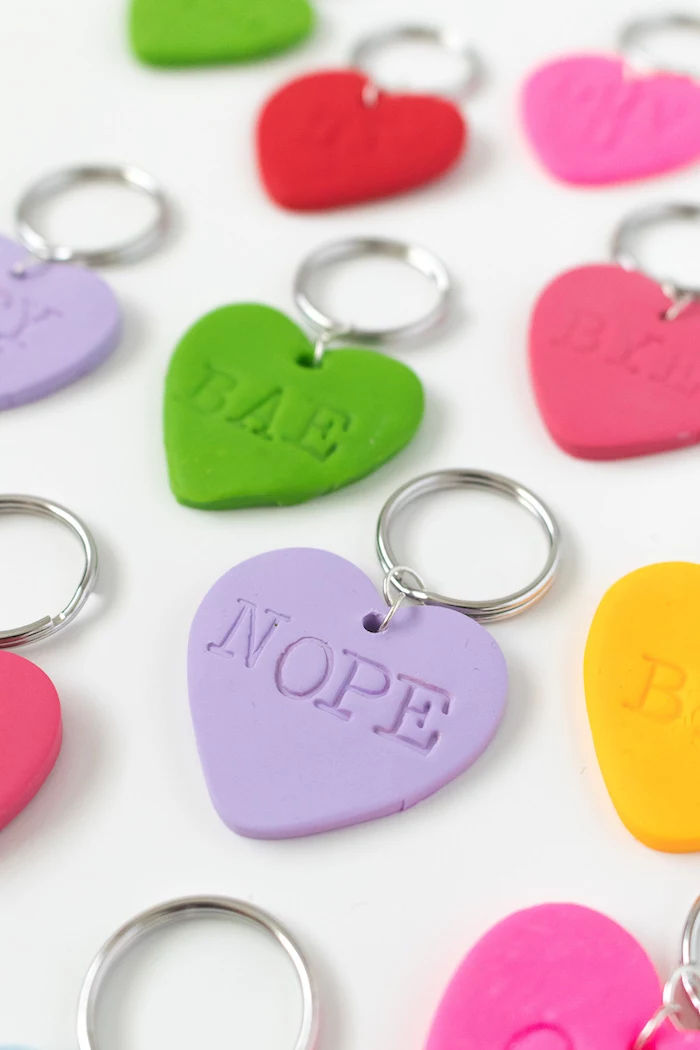
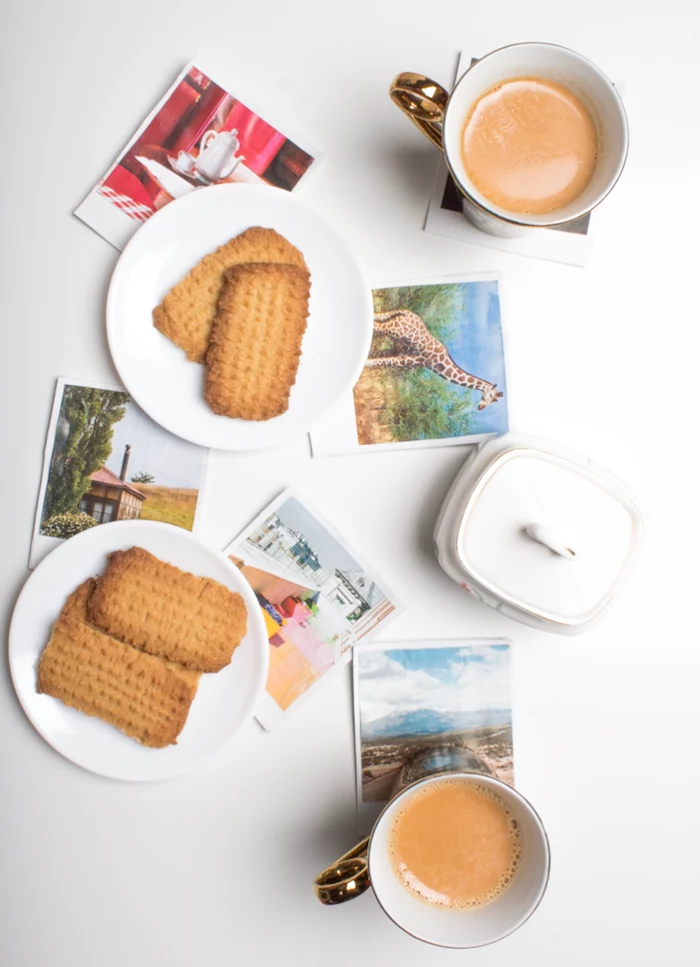
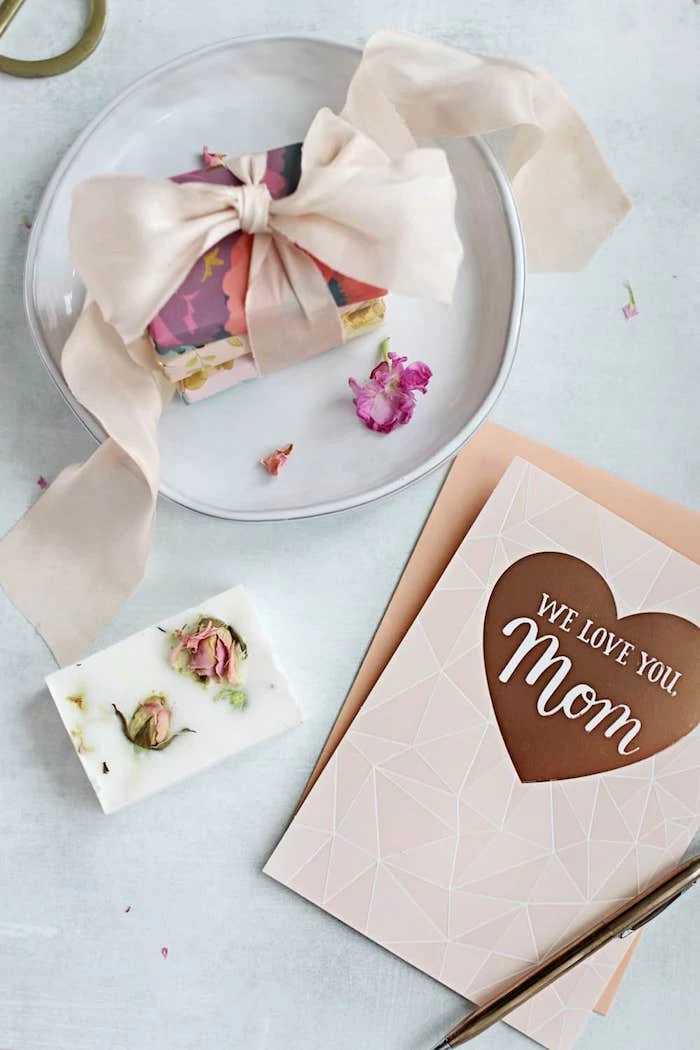
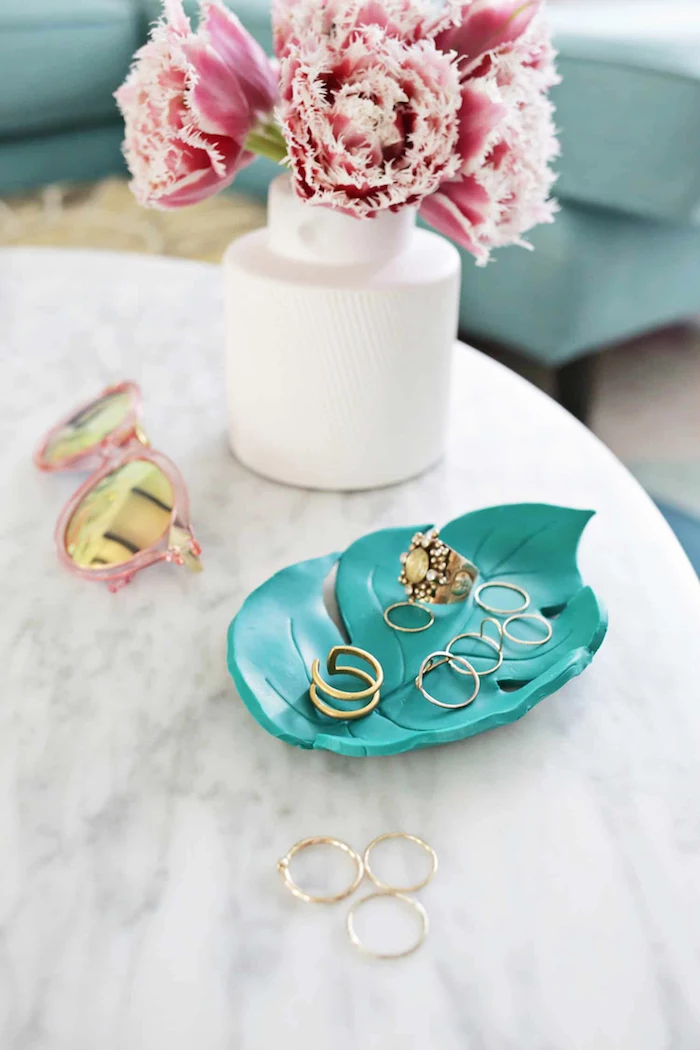
- A stronger, more complex fragrance throw.
- A more stable and even burn.
- A beautifully finished, professional-quality product.
The secret? Letting your soy candles cure. After pouring, let them sit undisturbed for 1-2 weeks. This allows the fragrance oil to fully bind with the wax, creating a scent that fills the room, not just the jar.
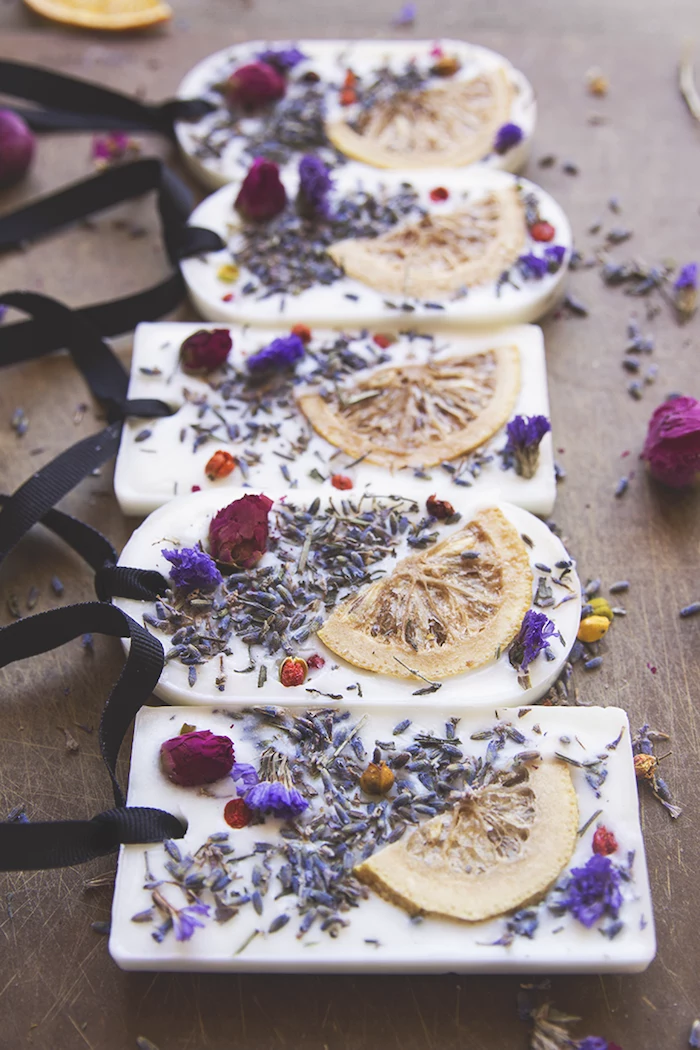
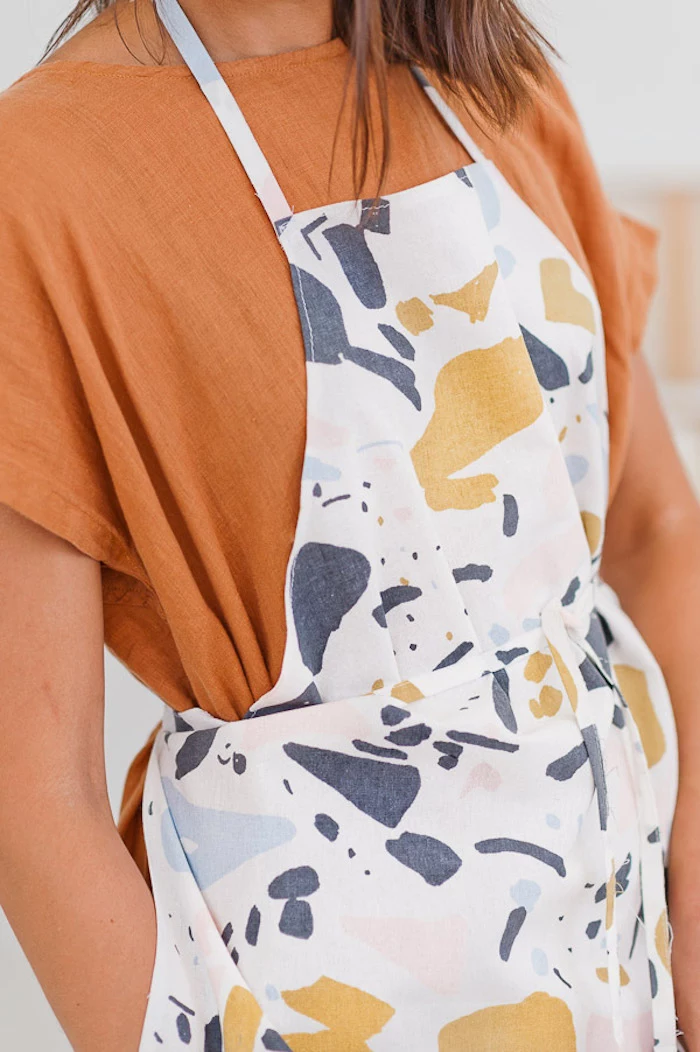
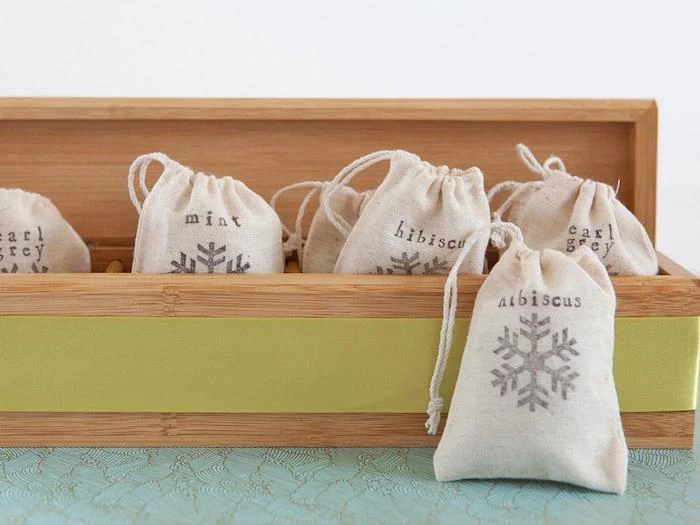
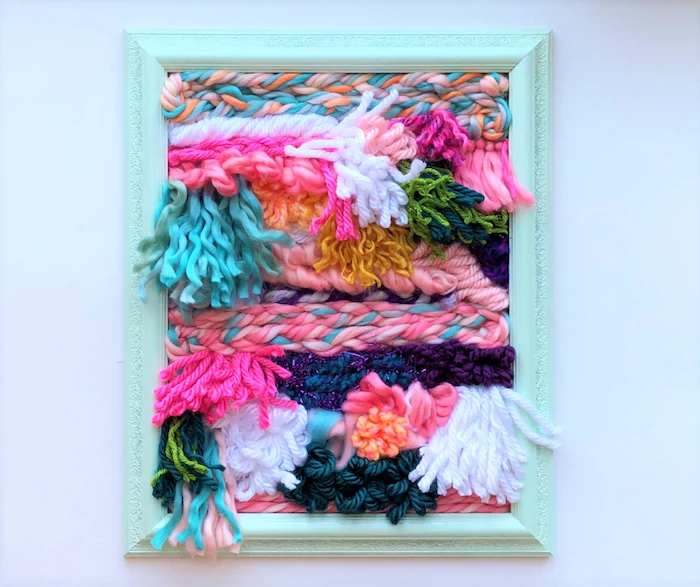

Don’t overlook restaurant supply stores for high-quality, uniform glass jars at a better price than craft stores. Brands like Weck or Ball Mason Jars offer a classic aesthetic, but buying simple, elegant straight-sided jars in bulk can elevate your entire gift line and create a cohesive, professional look.
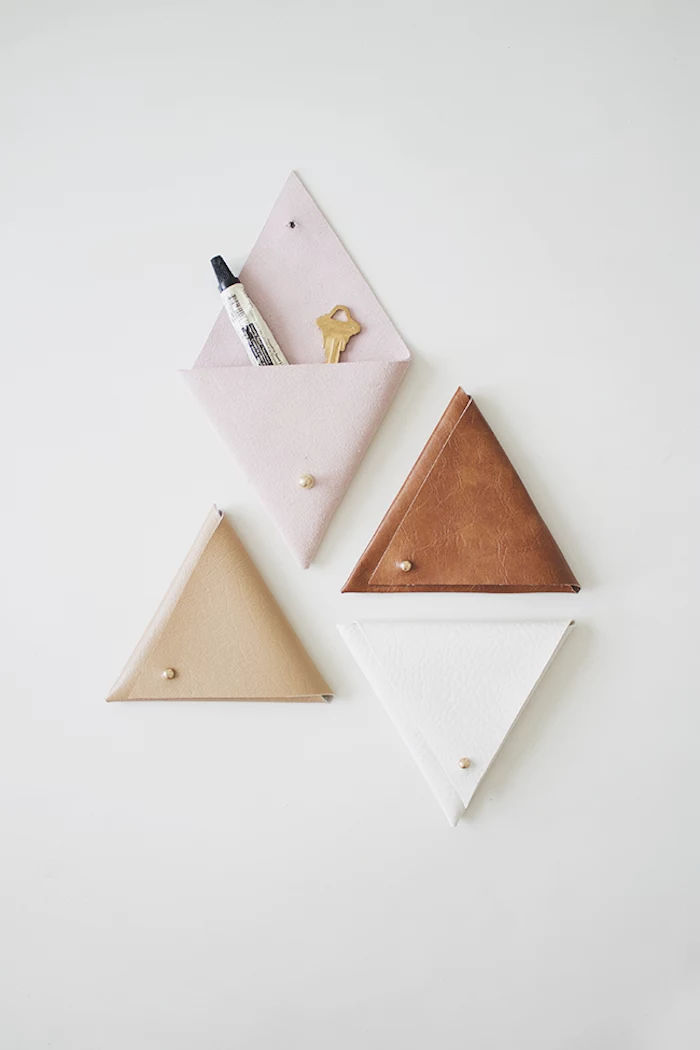
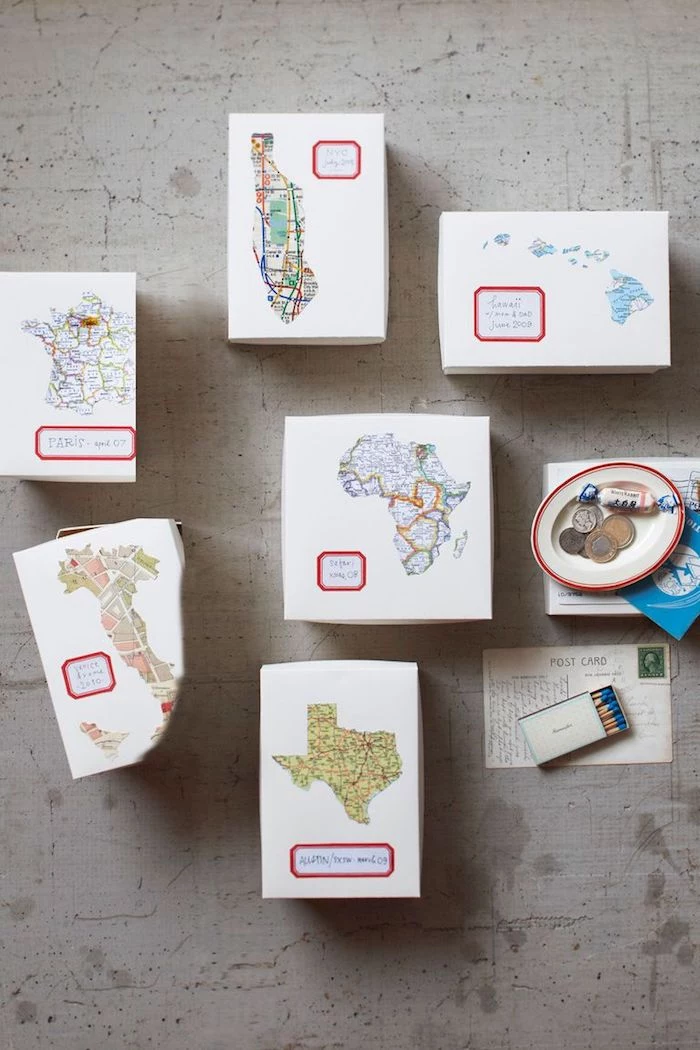
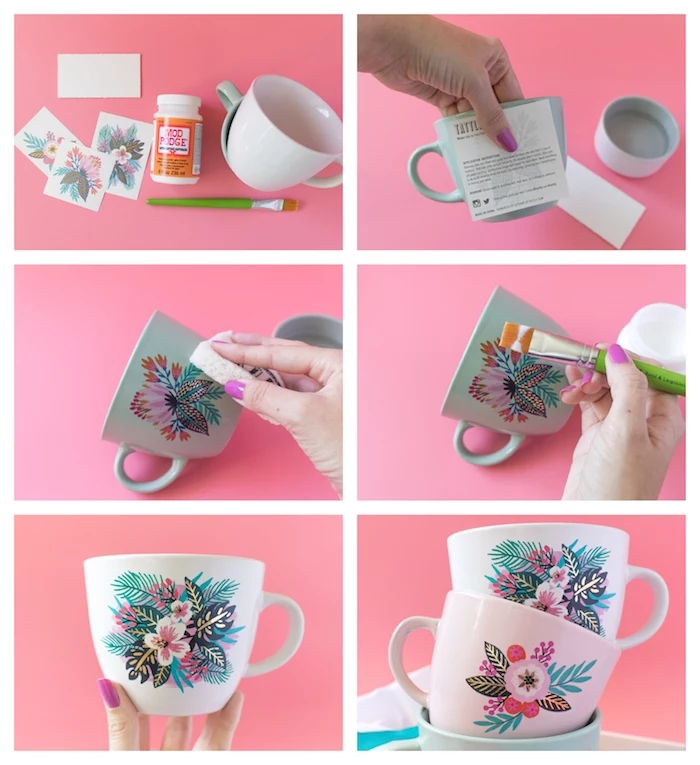
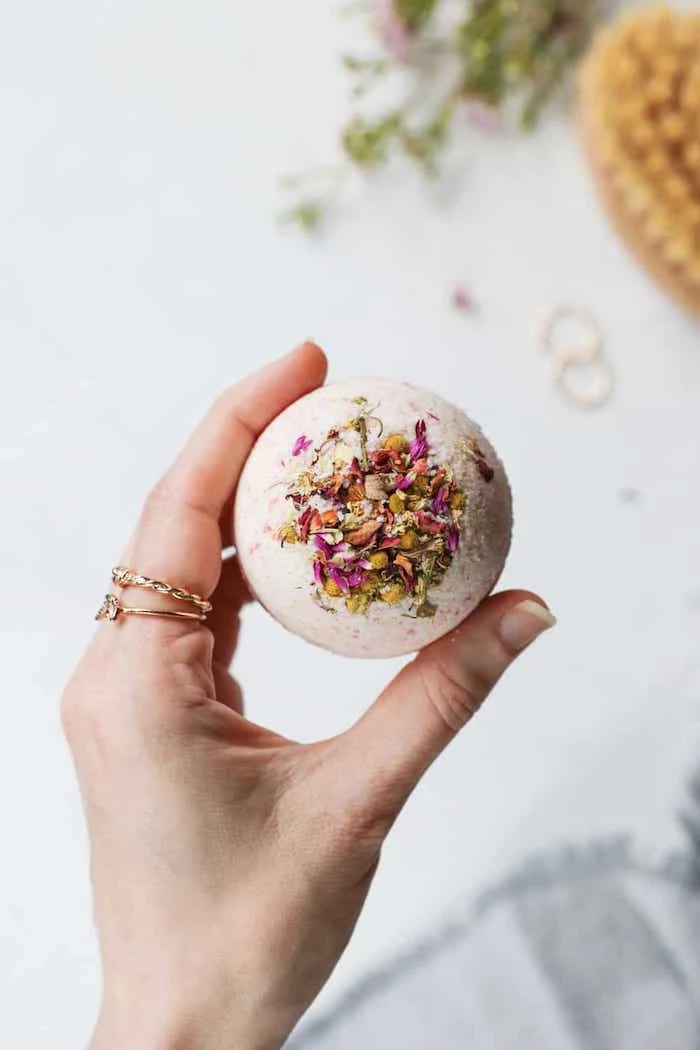
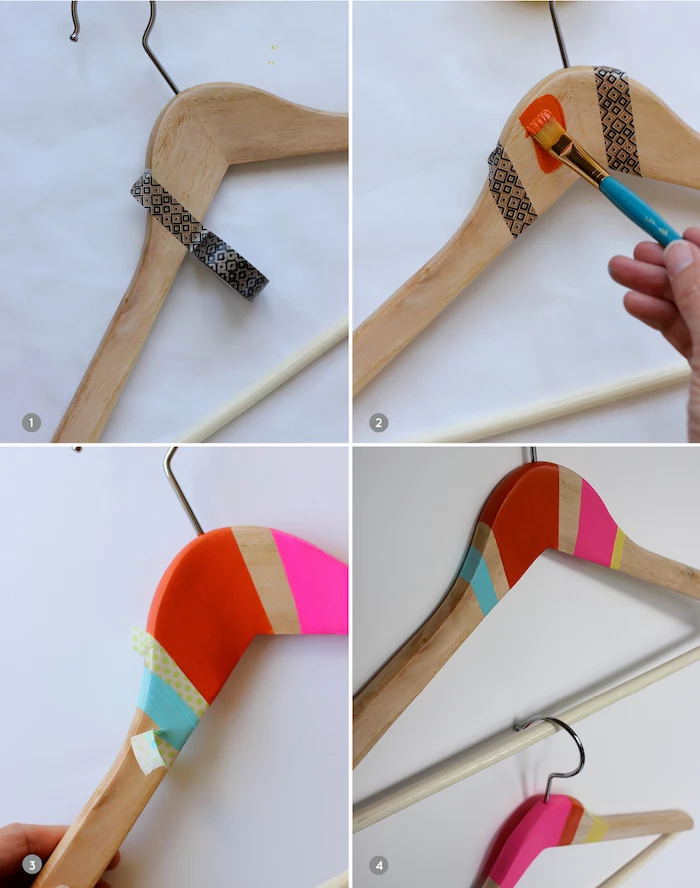
For Cookie Mix Jars – Flour Choice Matters:
All-Purpose Flour: A reliable classic, but can lead to tougher cookies if the recipient overmixes the dough.
Pastry Flour: Contains less gluten, resulting in a more tender, delicate crumb. For truly melt-in-your-mouth cookies, suggesting pastry flour is a pro-level secret.

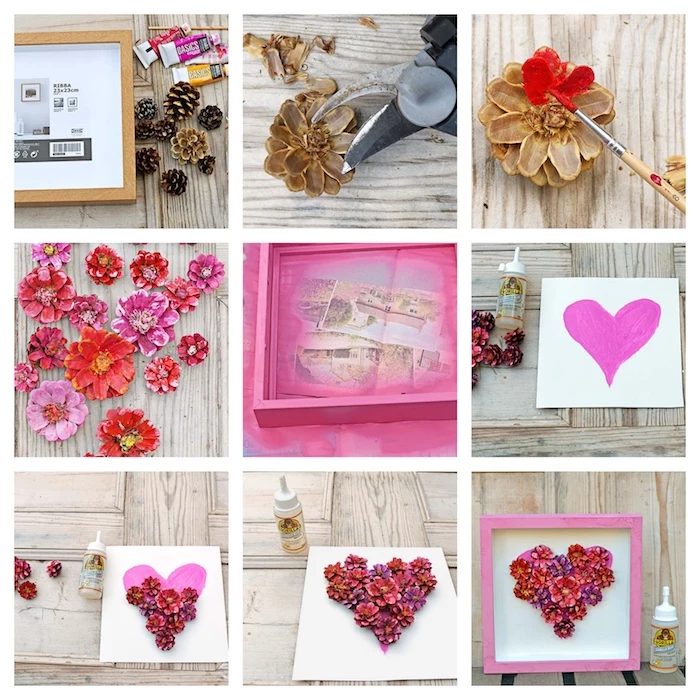
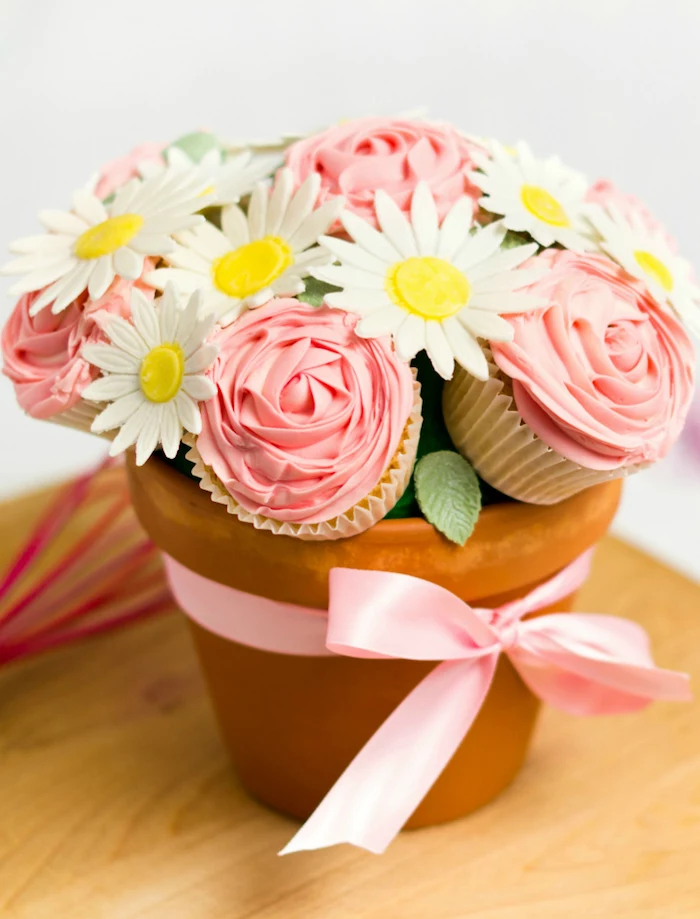
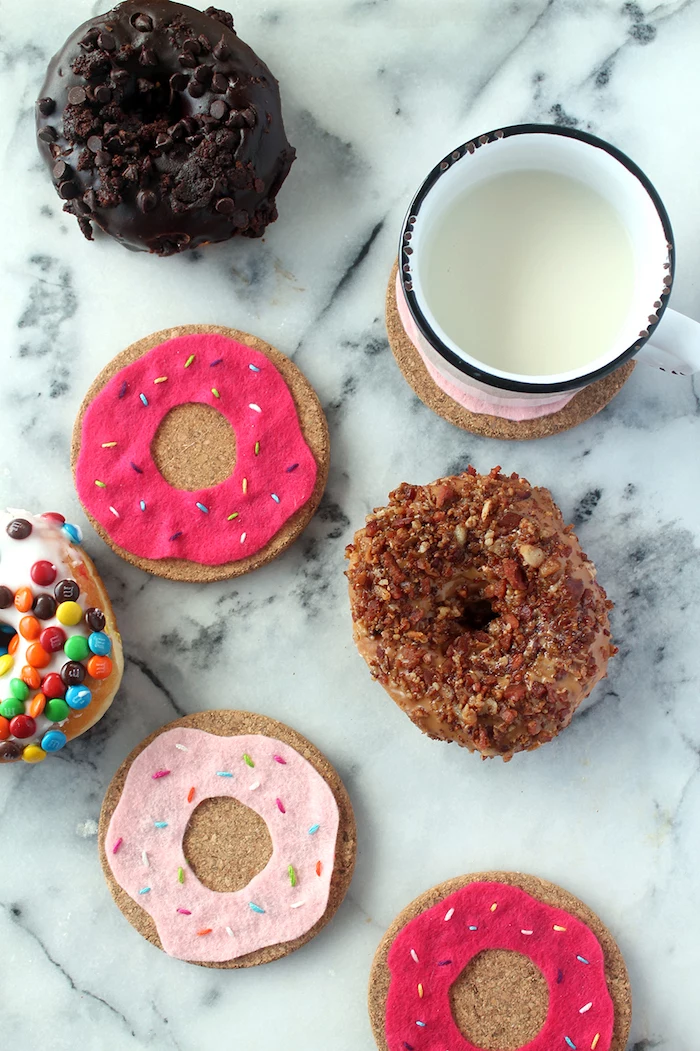
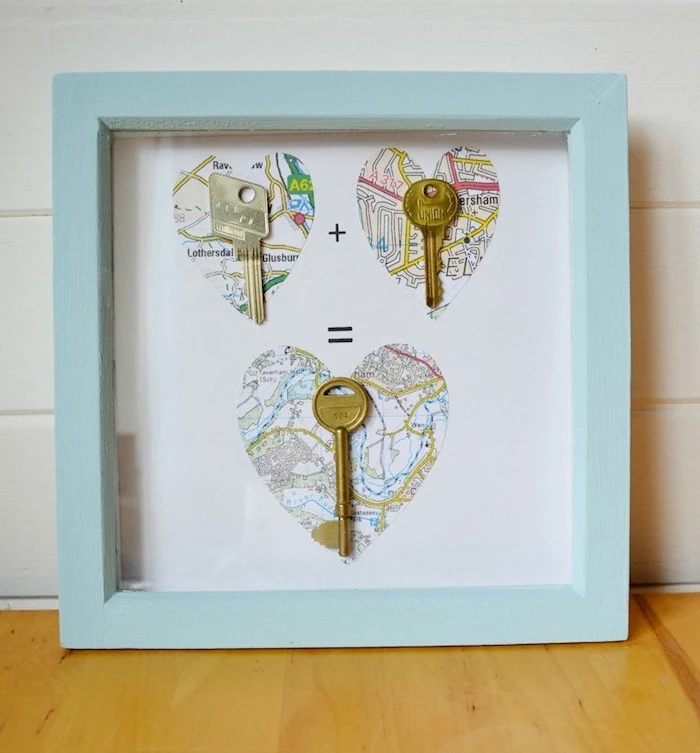
According to a 2022 Etsy report, searches for ‘custom gift’ and ‘personalized gift’ increased by over 100% in the last five years.
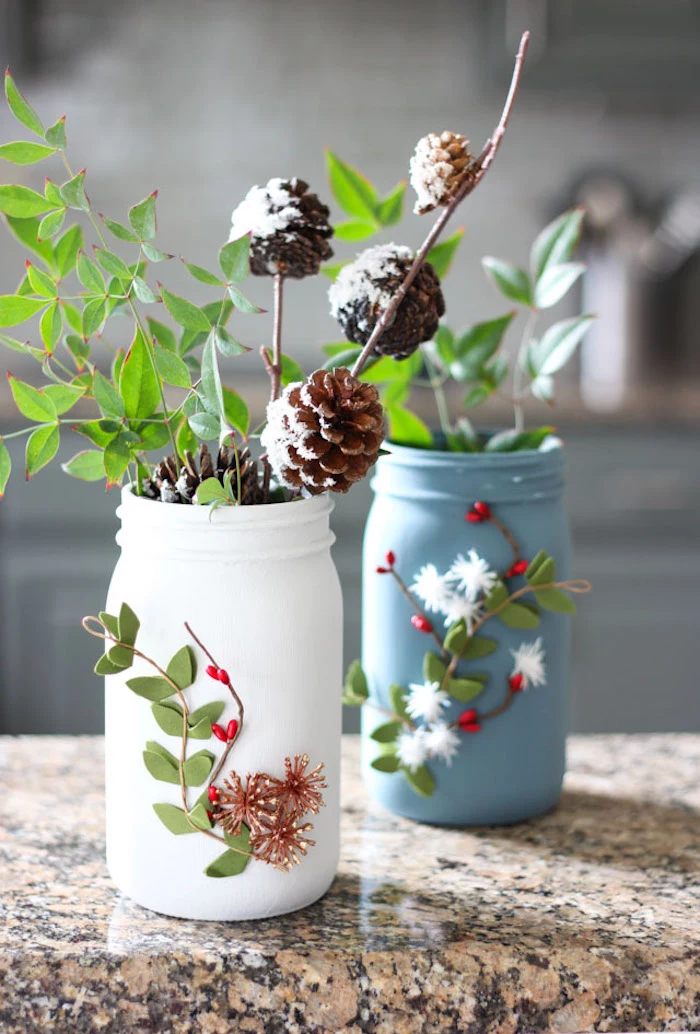
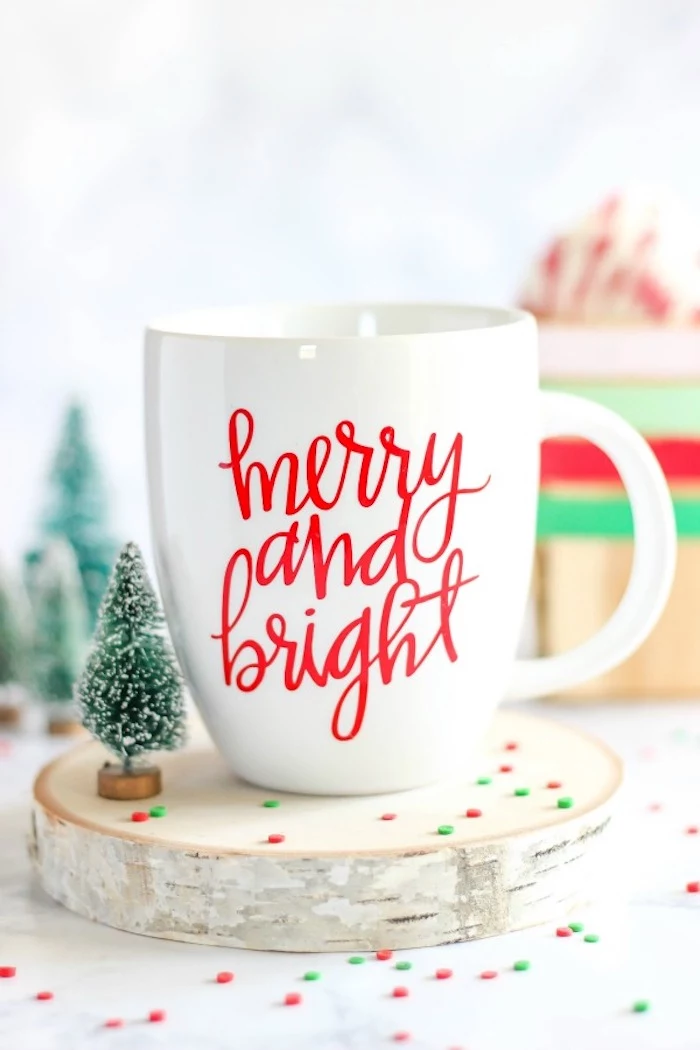
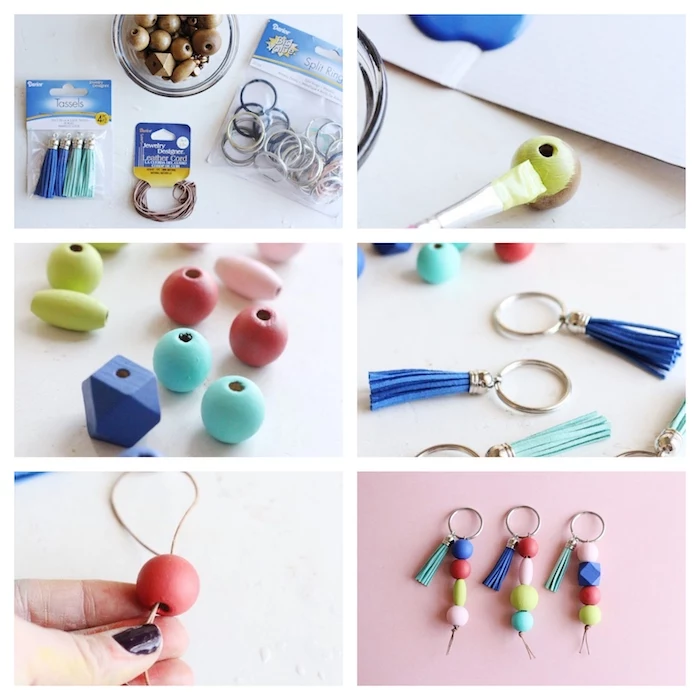
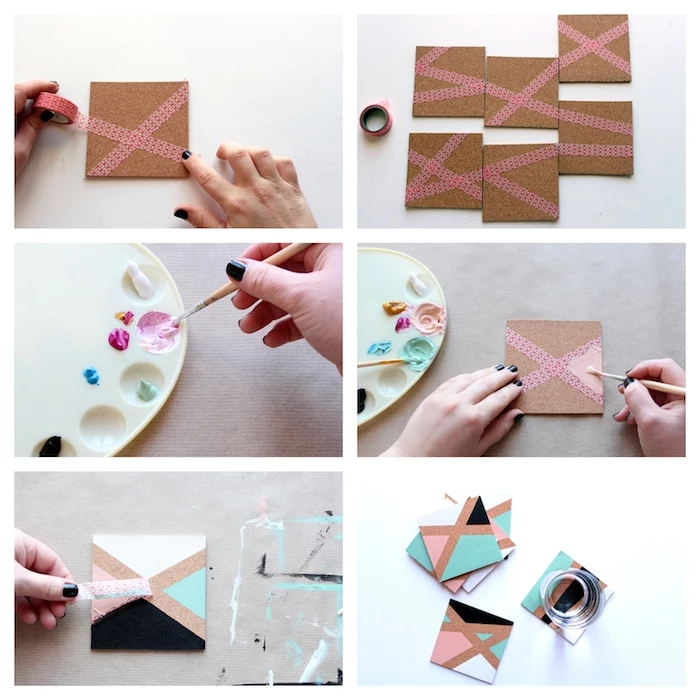
Thinking about packaging? A well-designed label is a game-changer. Use a free online tool like Canva to create a simple, elegant design. Be sure to include the name of the product, key scents or ingredients, and simple instructions. Print on waterproof vinyl sticker paper for scrubs and candles to prevent smudging from moisture or oils.

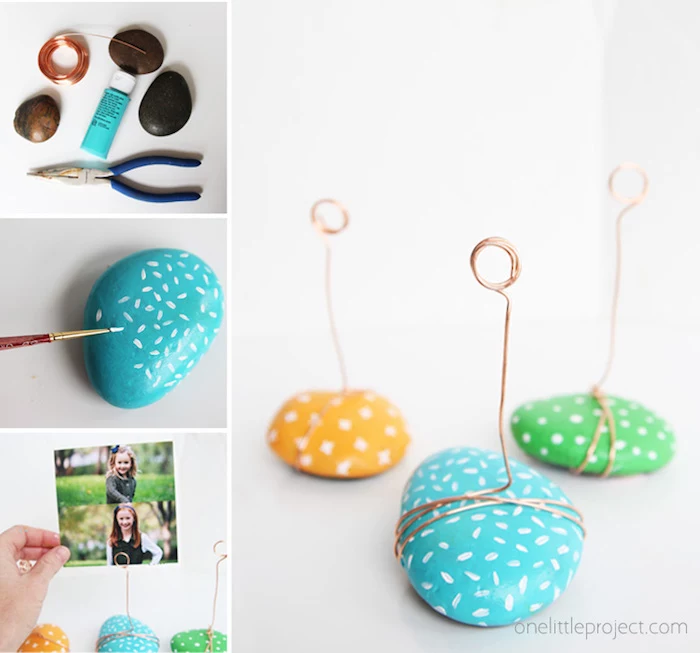
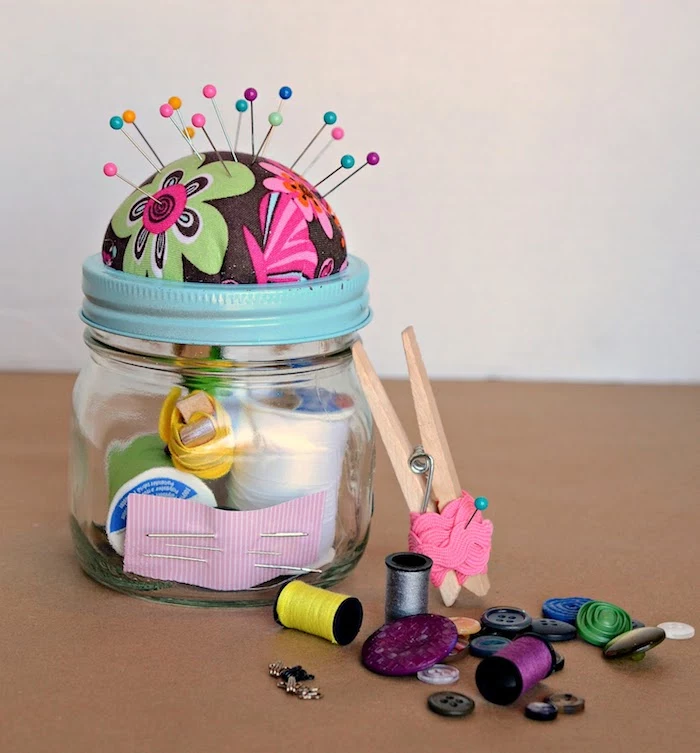
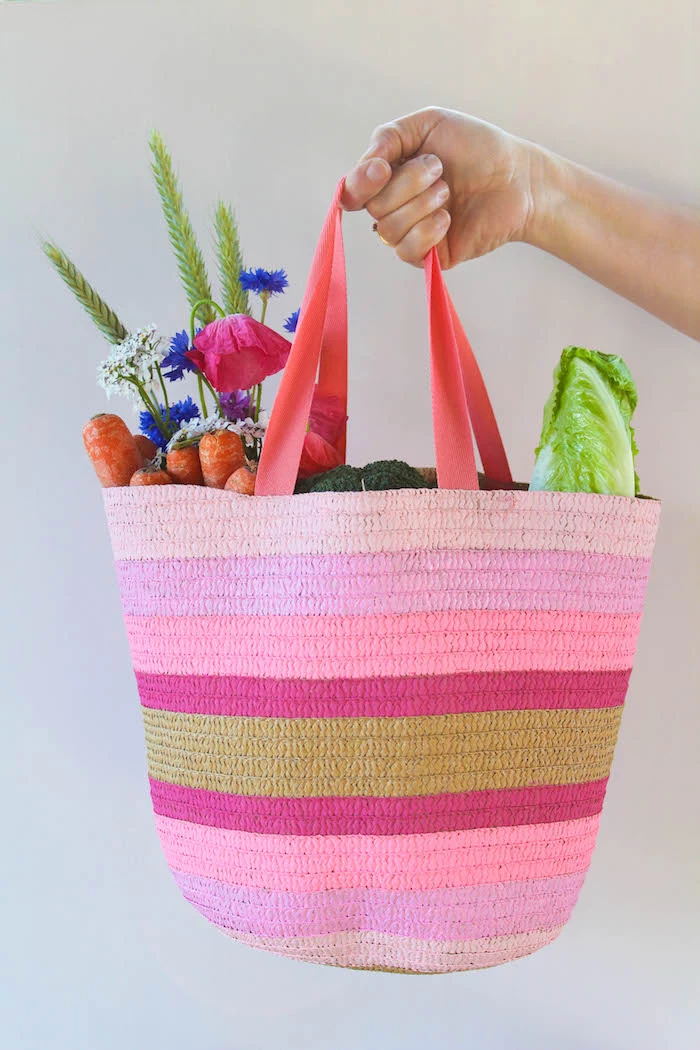
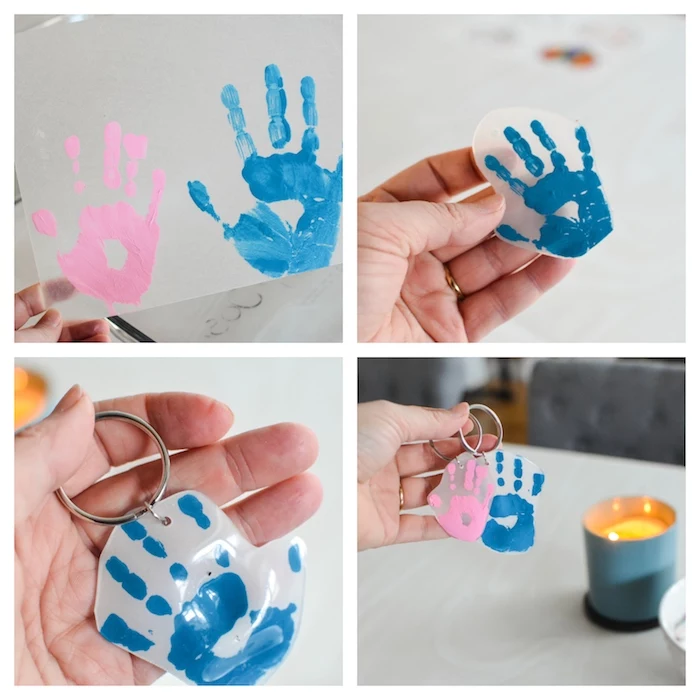
Want to try another simple yet luxurious project? Infused culinary oils are a fantastic option.
- For the Spicy Friend: Gently heat quality olive oil with dried chili flakes and whole peppercorns. Let it cool and steep for a week.
- For the Herb Lover: Combine oil with whole dried rosemary sprigs and peeled garlic cloves.
- For a Touch of Citrus: Use a vegetable peeler to add wide strips of lemon or orange zest to the oil.
Always use fully dried ingredients to prevent spoilage and ensure a good shelf life.

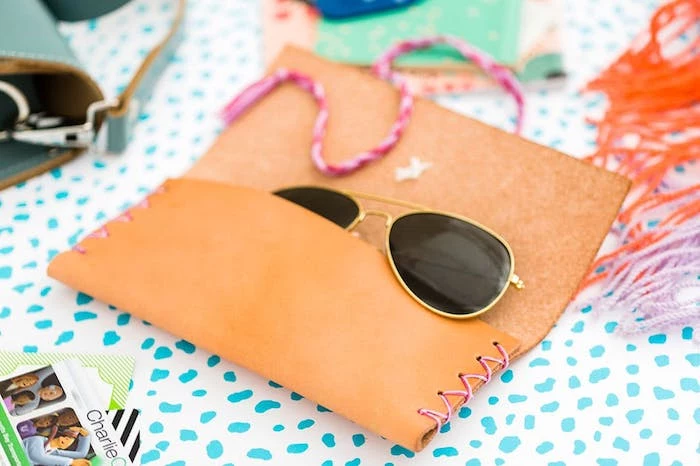
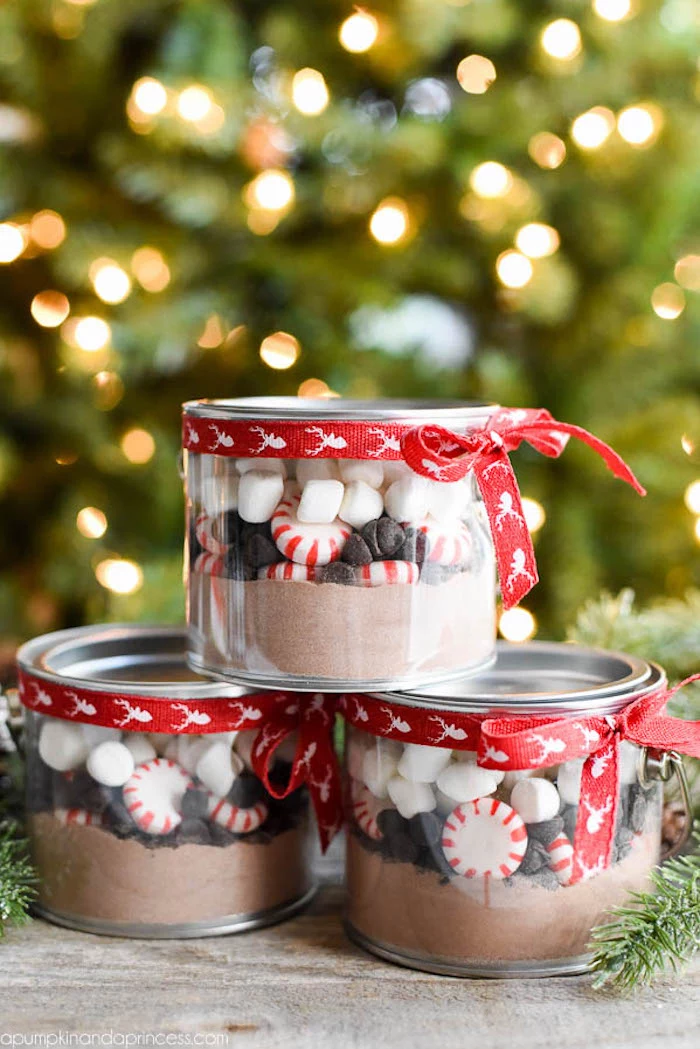
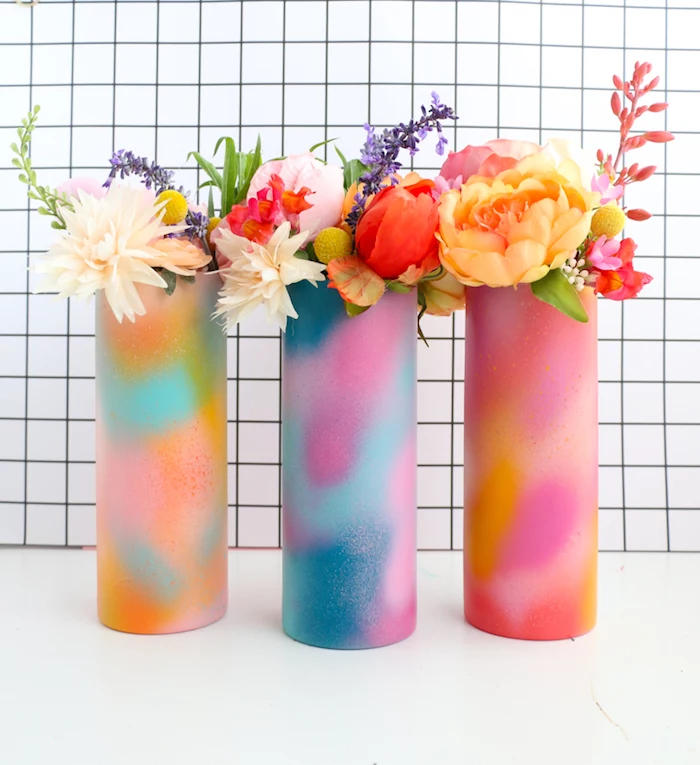
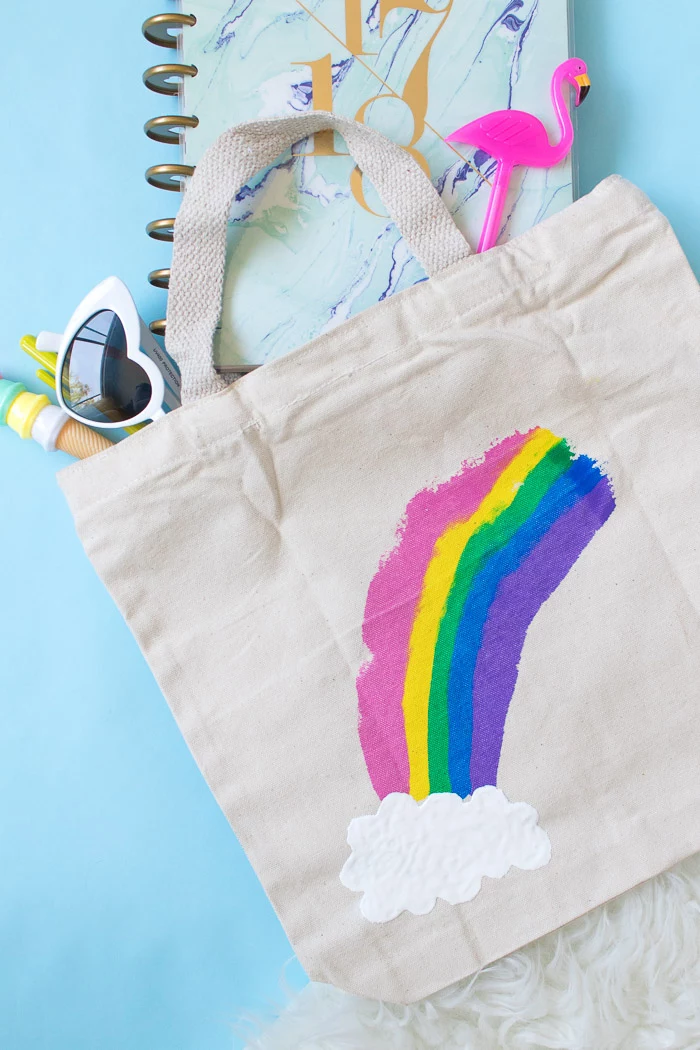
Important for candle makers: Never add loose, dried botanicals (like lavender buds or flower petals) to the top of your candle wax. While visually appealing, they are flammable and a major fire hazard once the flame gets low. For a botanical touch, embed them safely in wax melts or use them for external decoration on the jar itself.
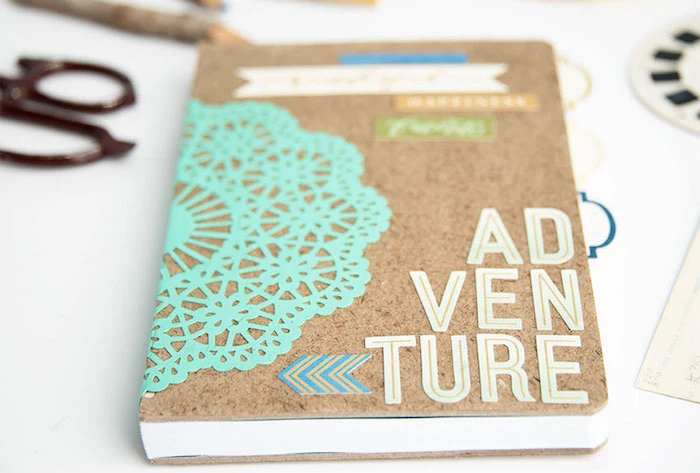
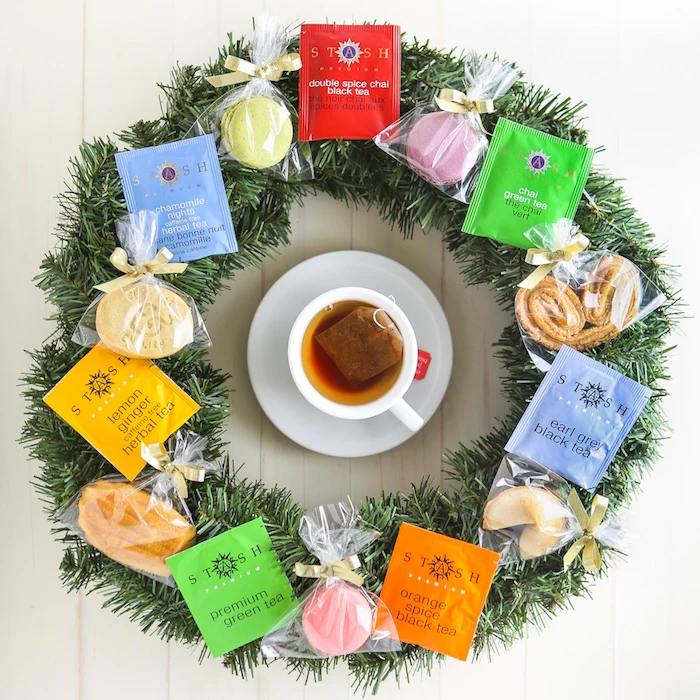
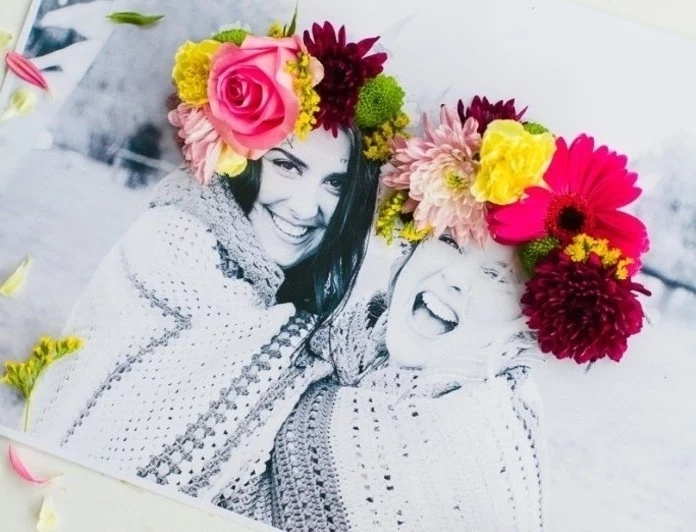
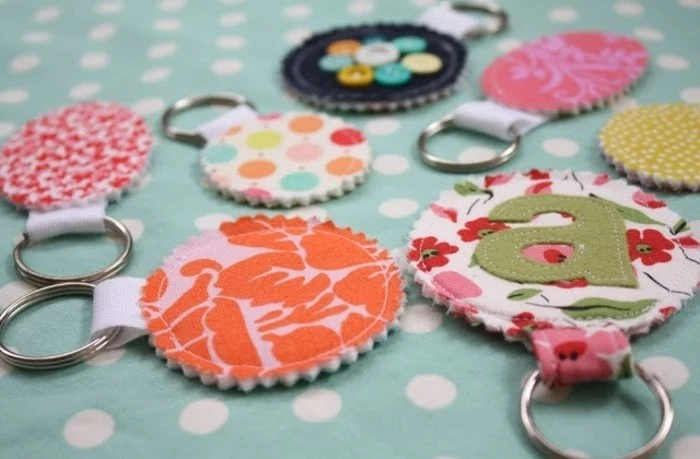
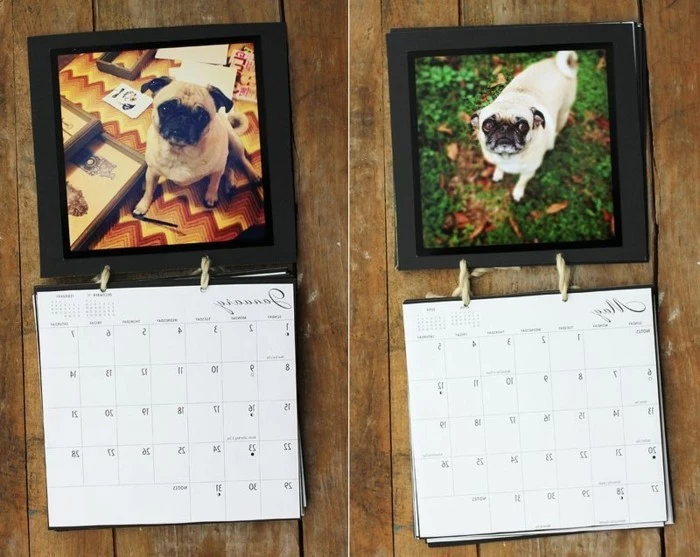
- Invest in quality baker’s twine or raw-edge silk ribbon.
- Use heavyweight kraft paper tags for a rustic, personalized touch.
- Add a sprig of dried eucalyptus or a cinnamon stick for a multi-sensory experience.
- Seal jars with custom-printed stickers from a service like Moo or Vistaprint.
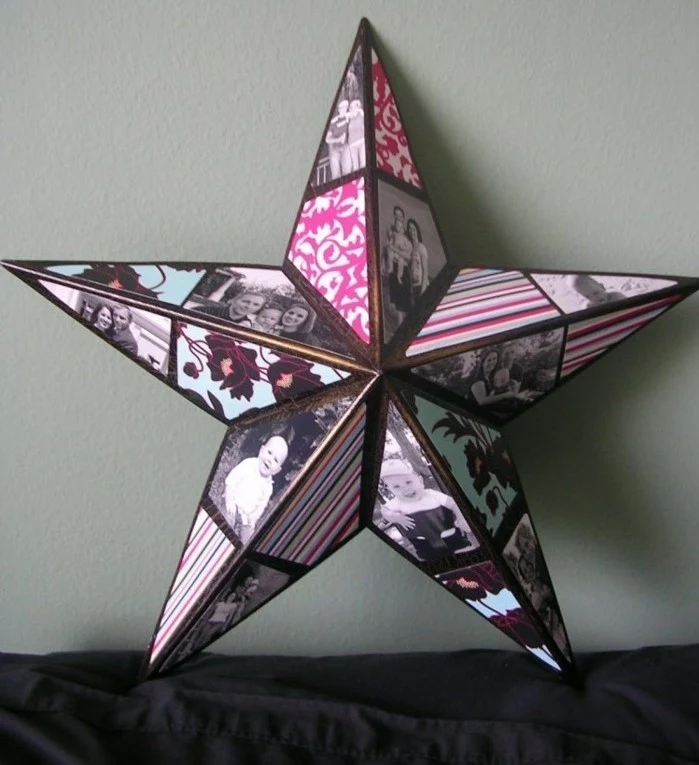
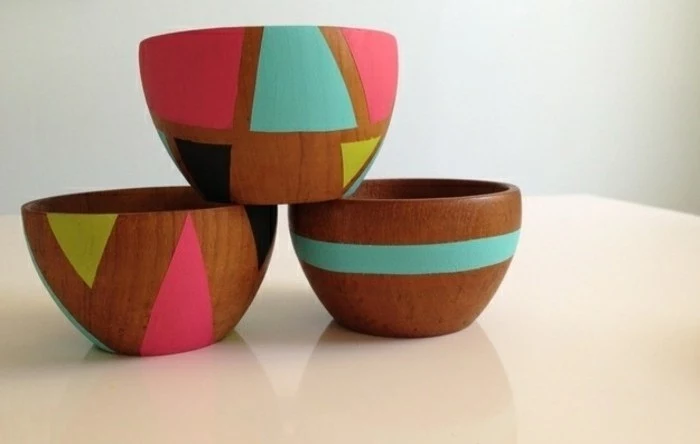



How do I add color to my candles?
Always use liquid candle dye or solid dye blocks specifically designed for wax—never use food coloring or crayons. Crayons contain pigments and solids that will clog the wick, creating a safety hazard. Food coloring is water-based and will not mix with the oil-based wax, resulting in speckles or separation.
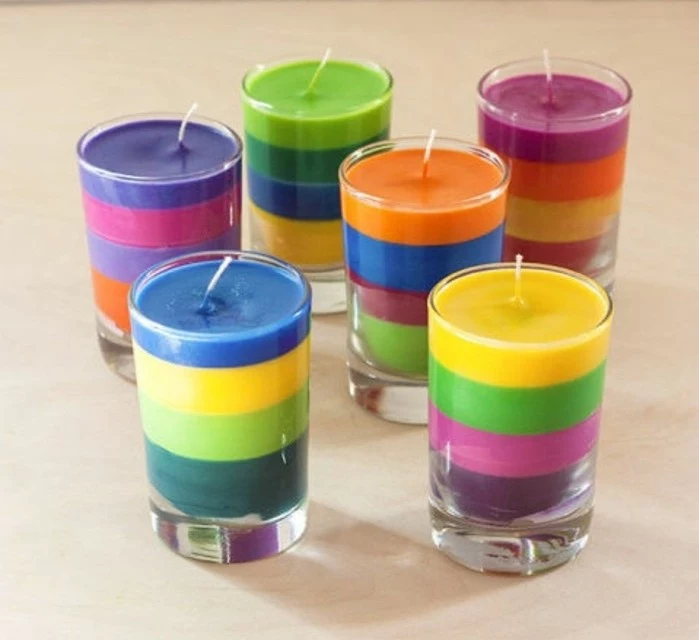
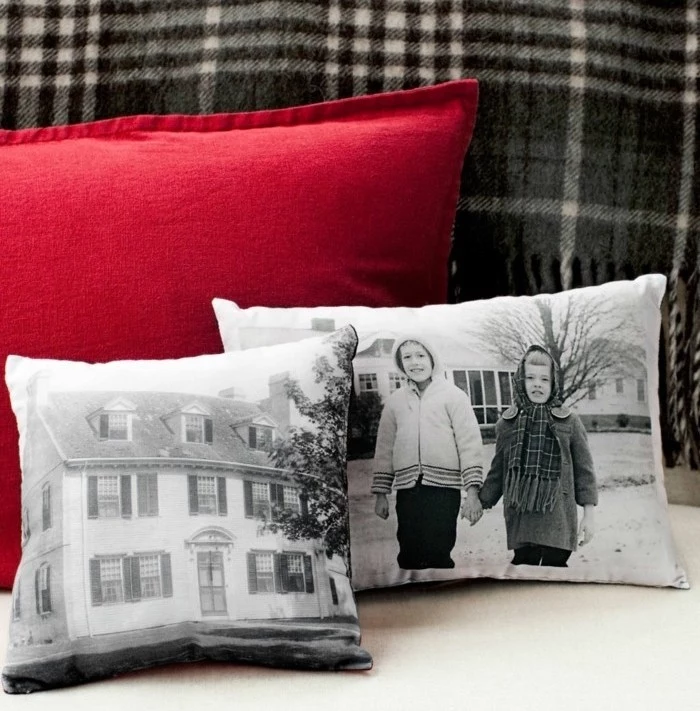
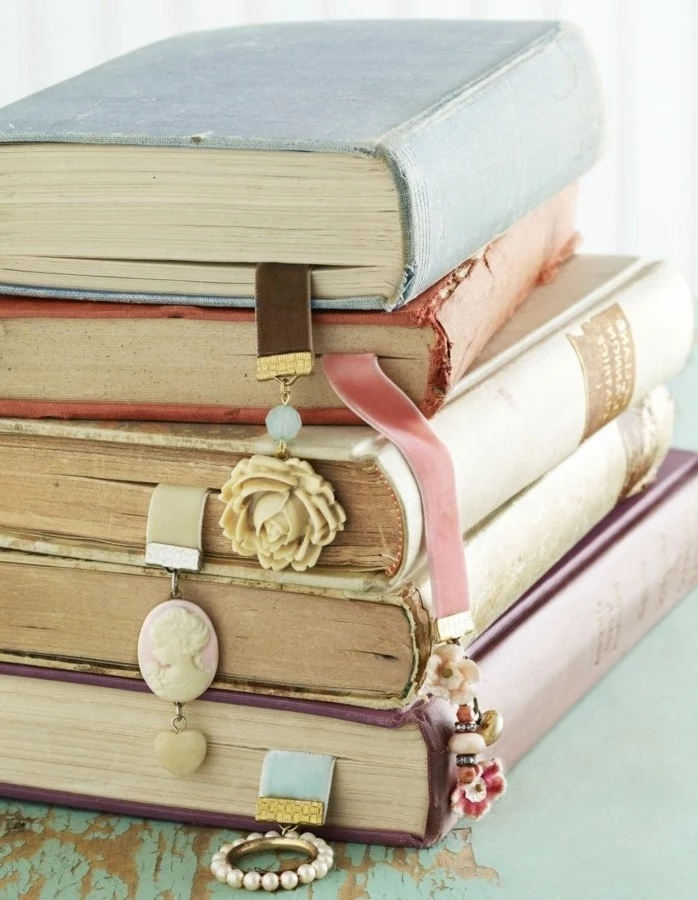
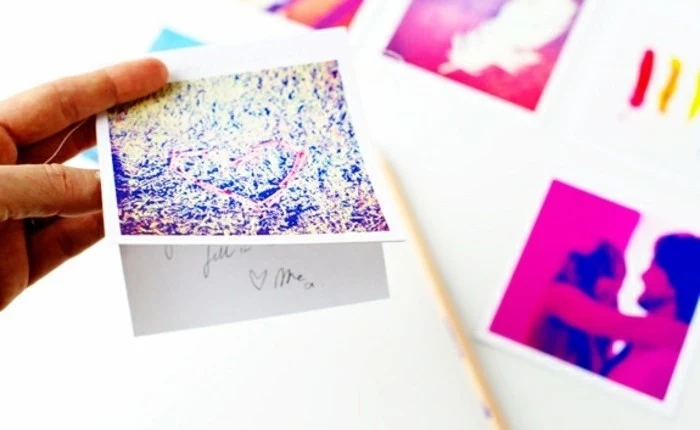
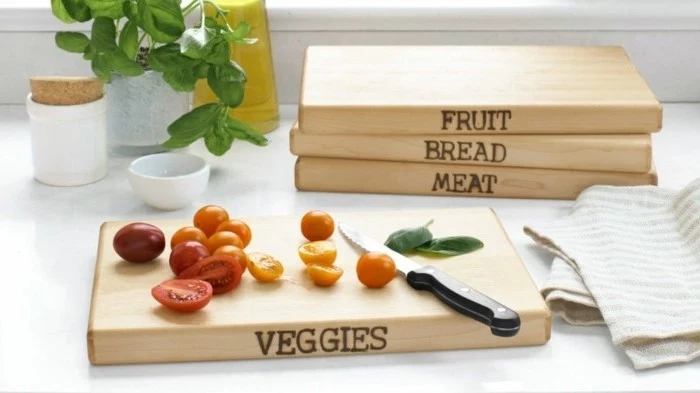
Instead of a generic recipe, include the
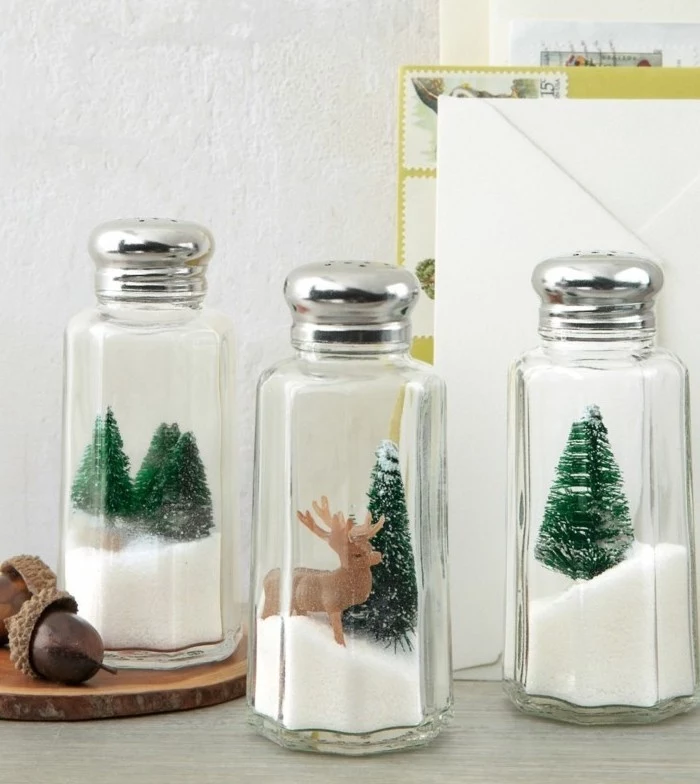
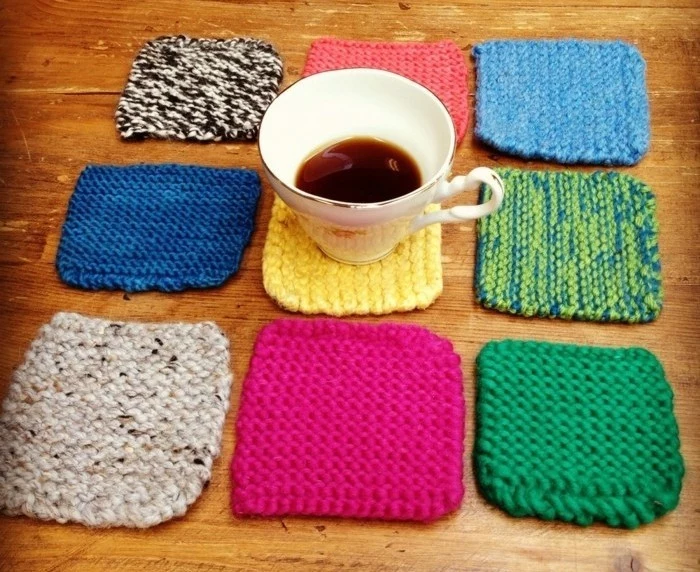
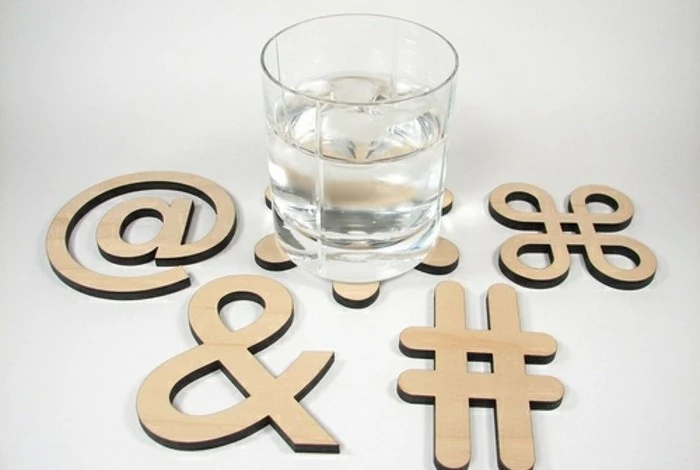
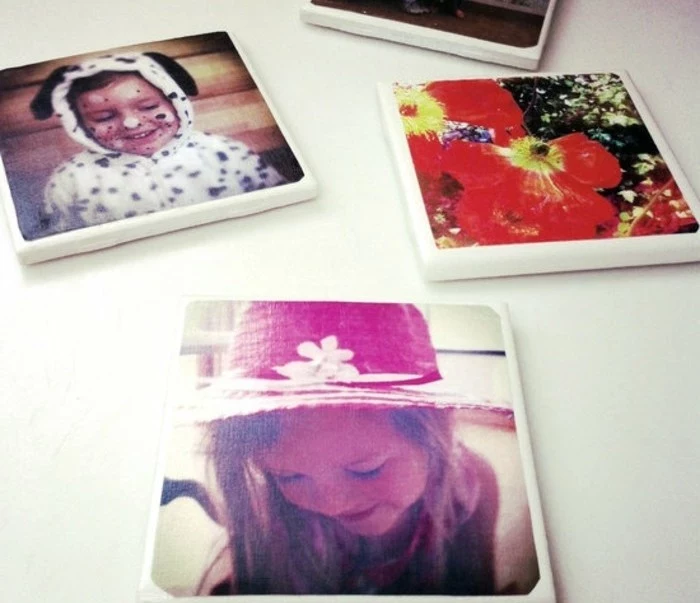
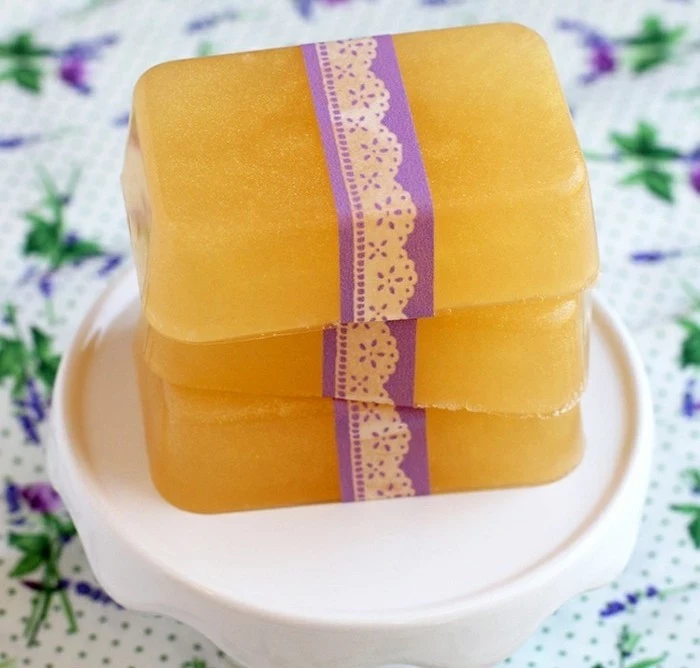
Brown Sugar Scrub: Naturally contains glycolic acid and its crystals are softer, making it a gentler exfoliant ideal for sensitive skin or facial scrubs.
White Sugar Scrub: Coarser crystals provide a more vigorous scrub, perfect for tough body spots like elbows, knees, and feet.
Tailoring the sugar to the recipient shows an extra level of care.
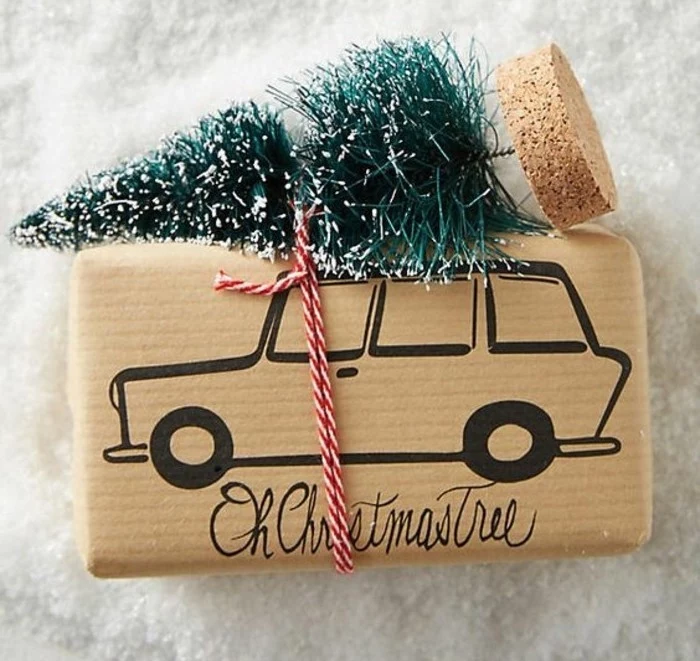
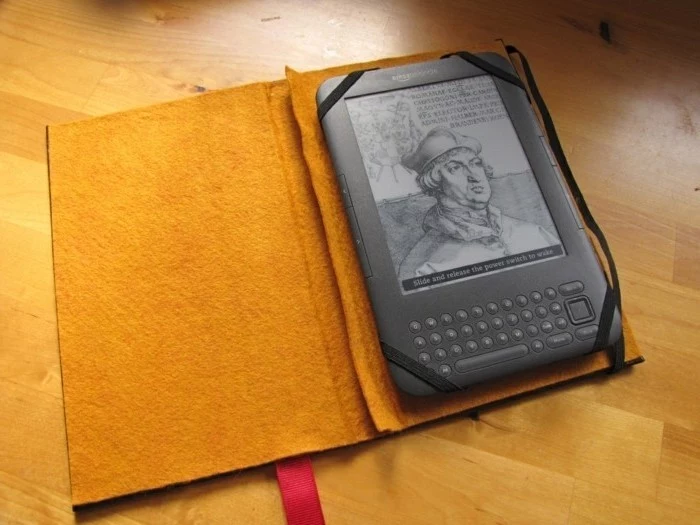
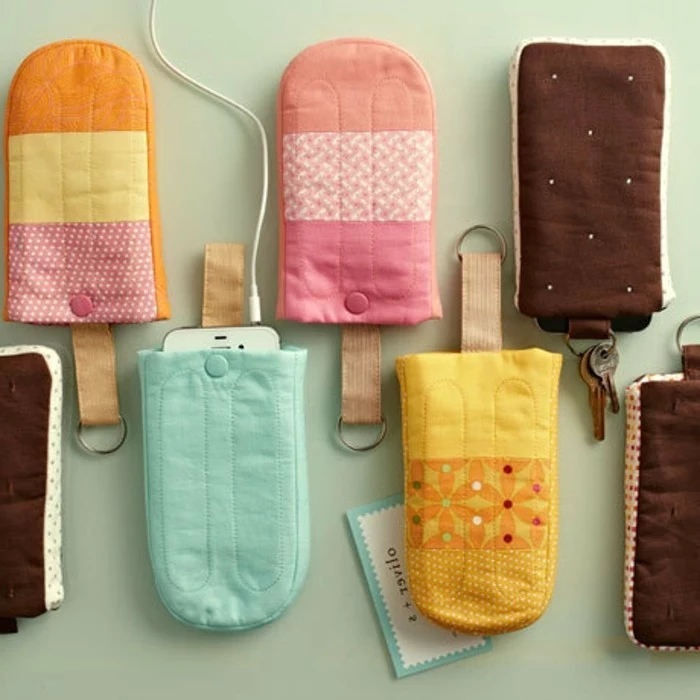
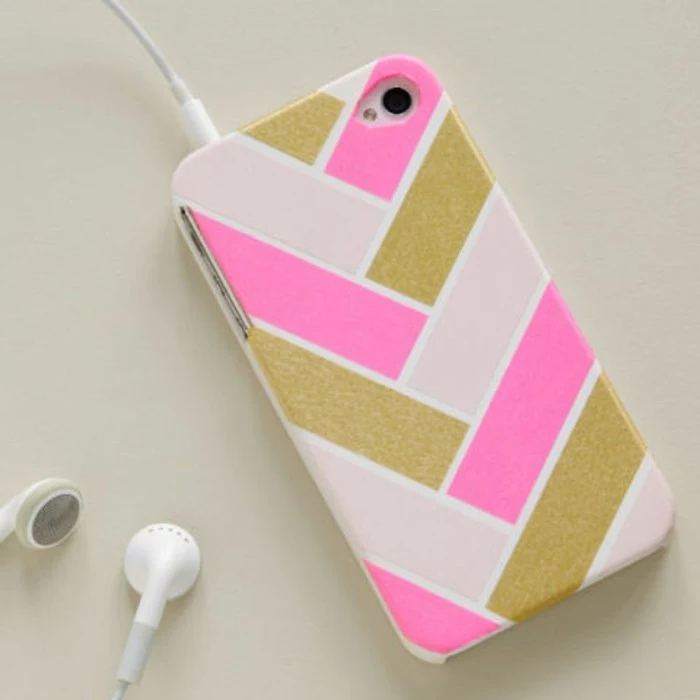
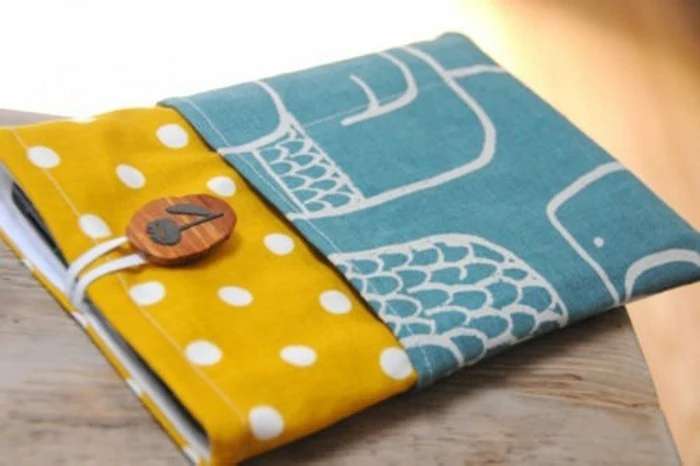
If you’re making multiple gifts, create an assembly line. Measure out all your dry ingredients for five cookie jars at once. Melt a large batch of wax for several candles. This
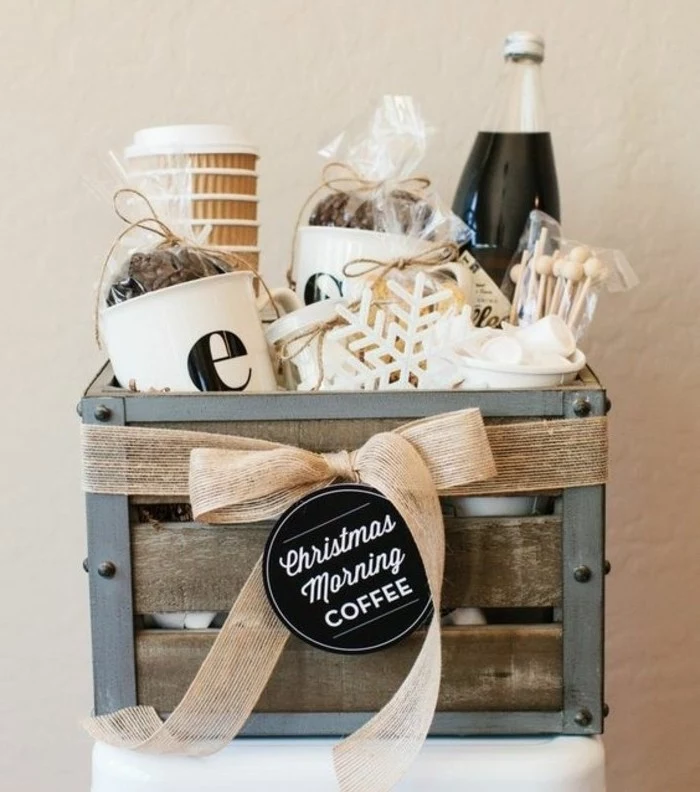
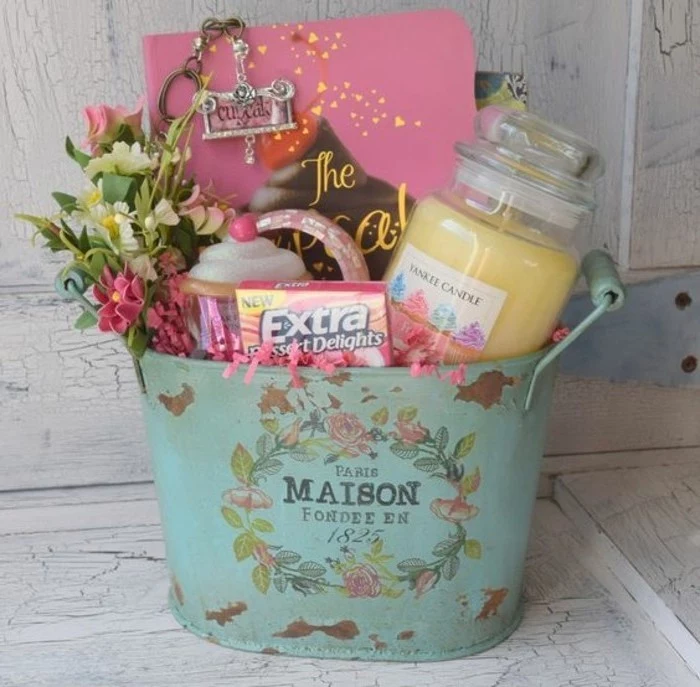
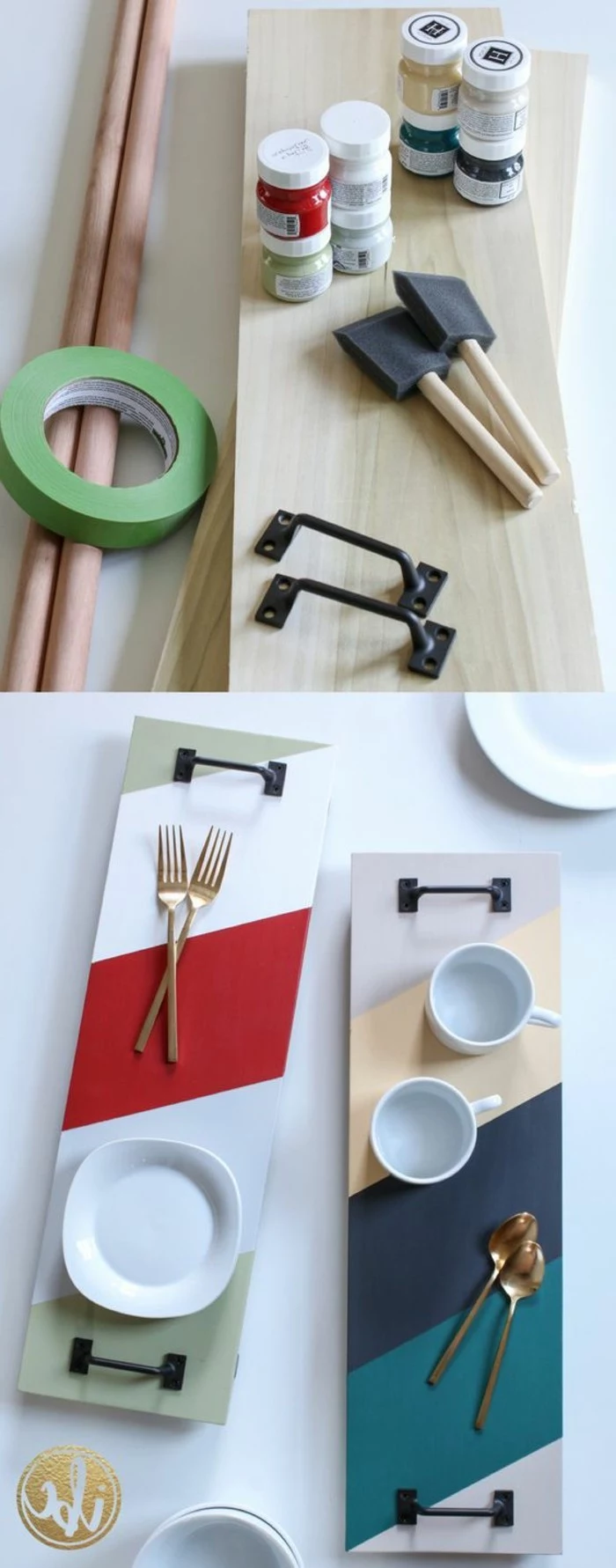
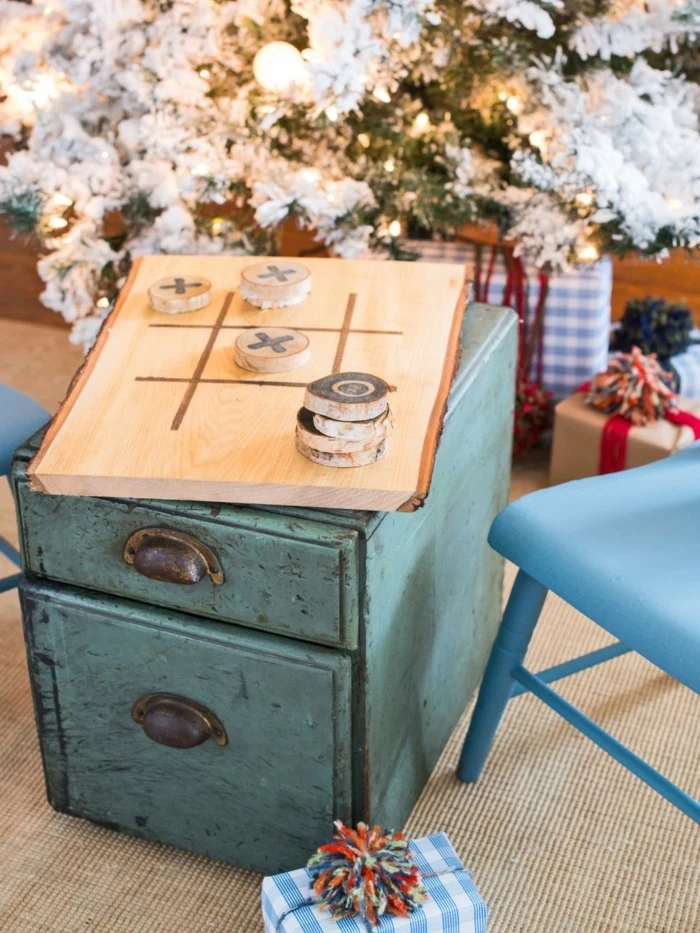
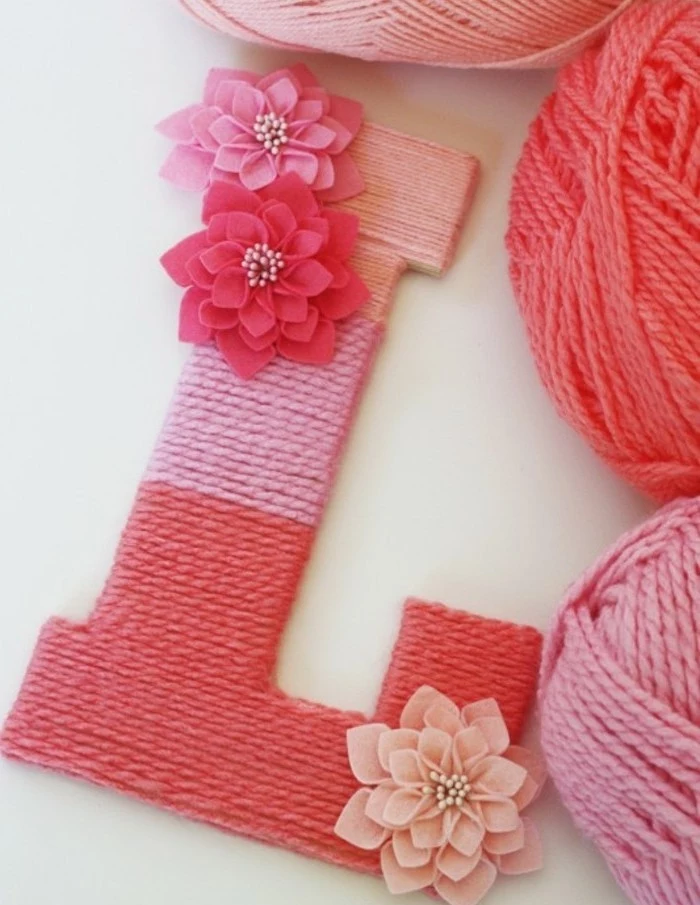
- Smooth, creamy tops without cracks.
- Perfect adhesion to the glass jar.
- Vibrant, consistent color throughout.
The technique? Mastering temperature. Pouring your soy wax when it’s too hot is a common rookie mistake that causes
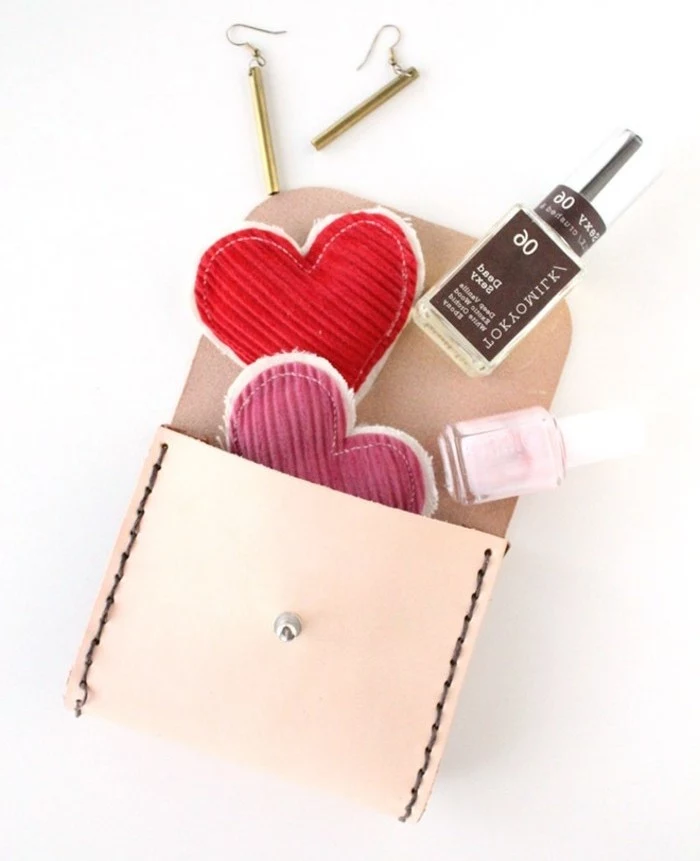
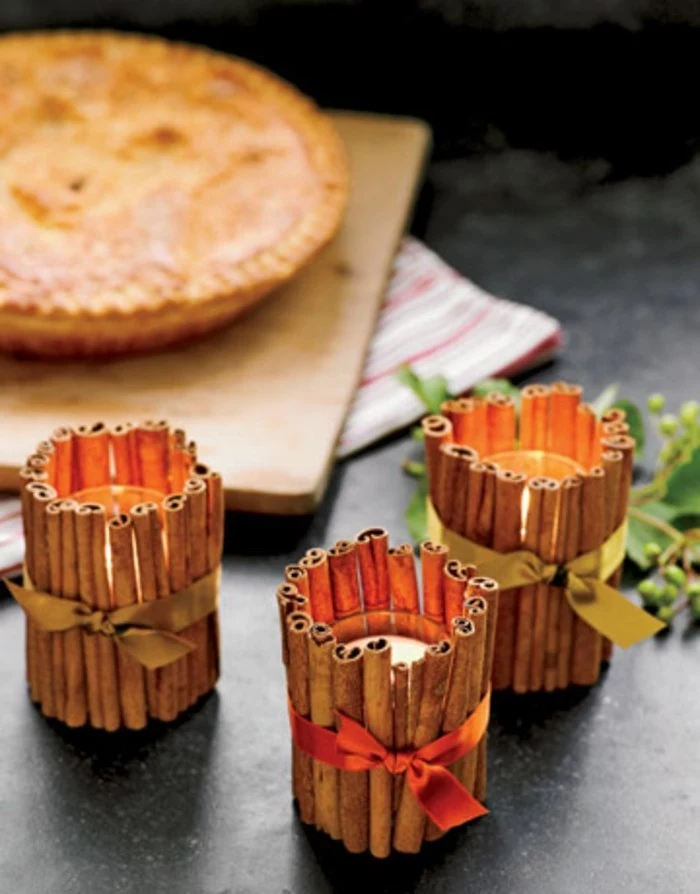
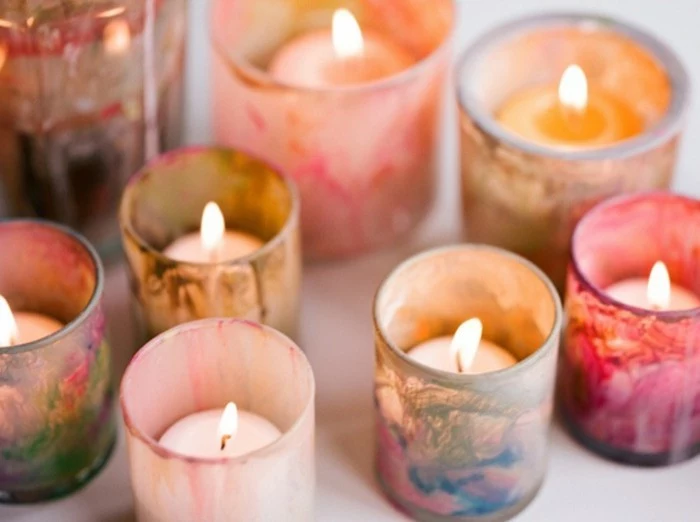
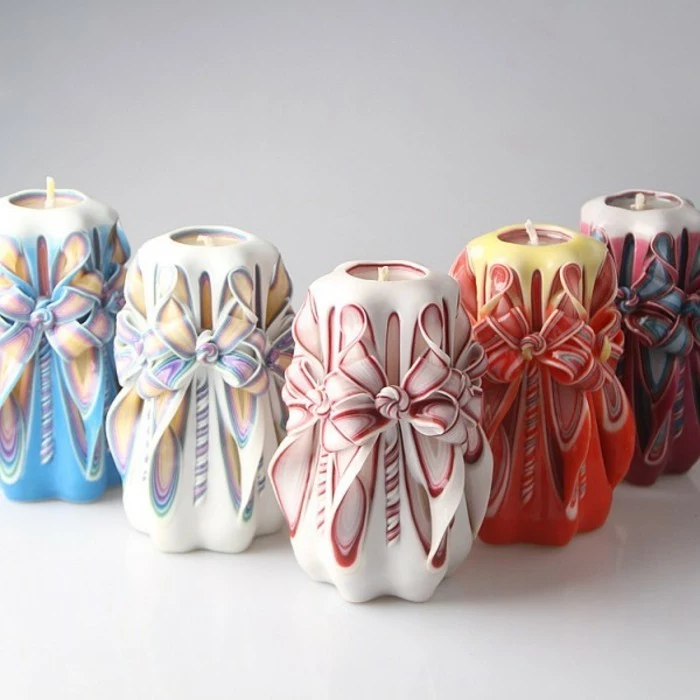
Handmade gifts are for everyone. Consider these scent and ingredient profiles for a more masculine-leaning gift:
- For Scrubs: Use coffee grounds mixed with sugar for an invigorating scrub, scented with cedarwood and sweet orange essential oils.
- For Candles: Opt for earthy or sophisticated fragrance oils like Tobacco & Bay Leaf, Black Sea, or a blend of leather and oakmoss from suppliers like The Flaming Candle.
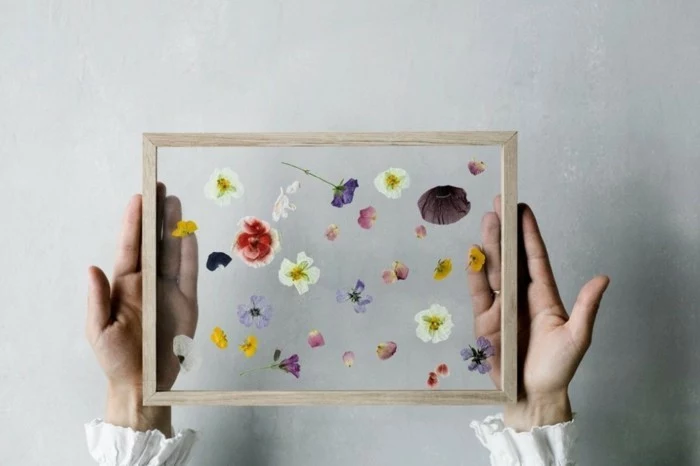
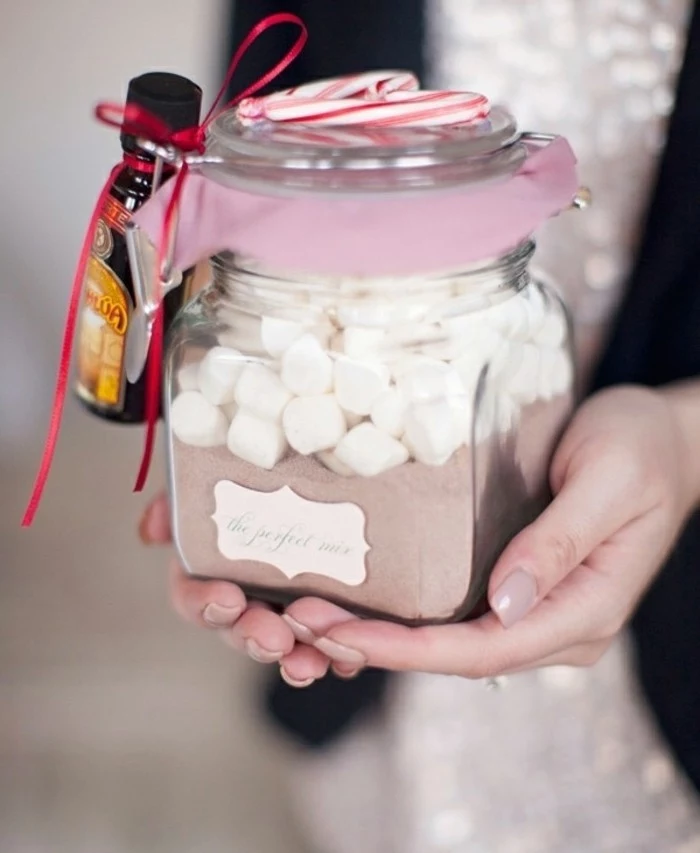
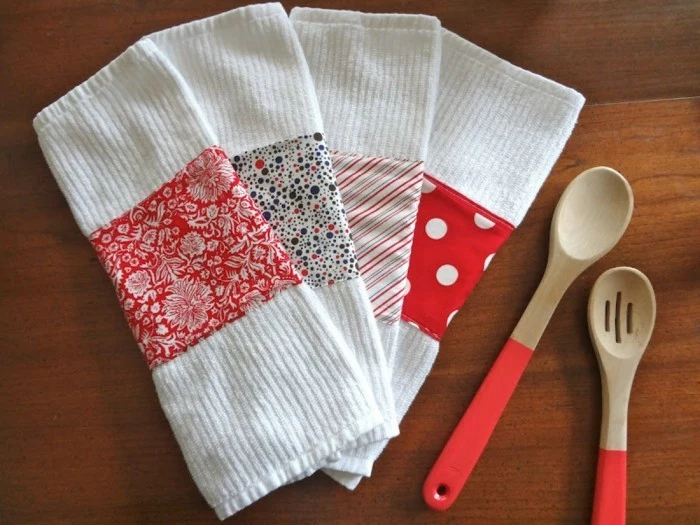
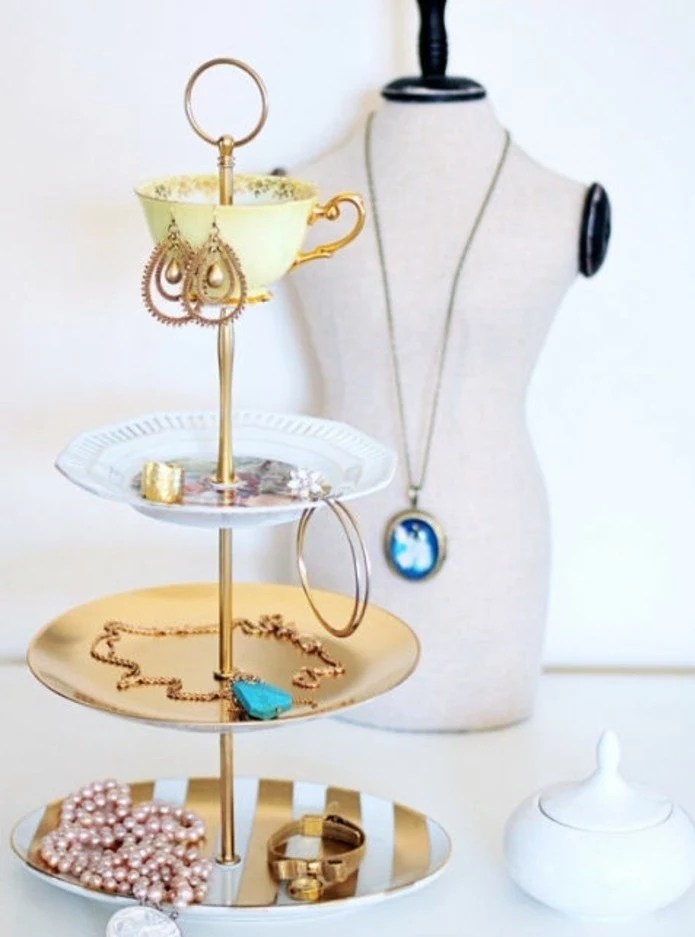
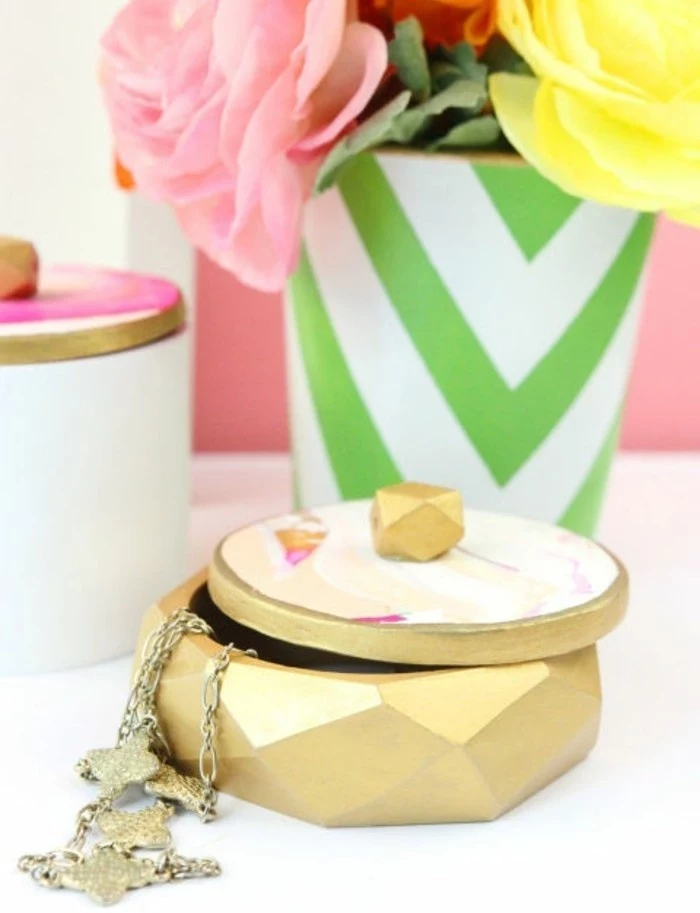
Globally, packaging waste accounts for almost half of all solid municipal waste.
When gifting, consider how the container can be part of the present. Choose reusable options like high-quality Weck jars, beautiful tins, or wrapping the gift in a fabric Furoshiki cloth. It’s a thoughtful touch that reduces waste and adds lasting value.
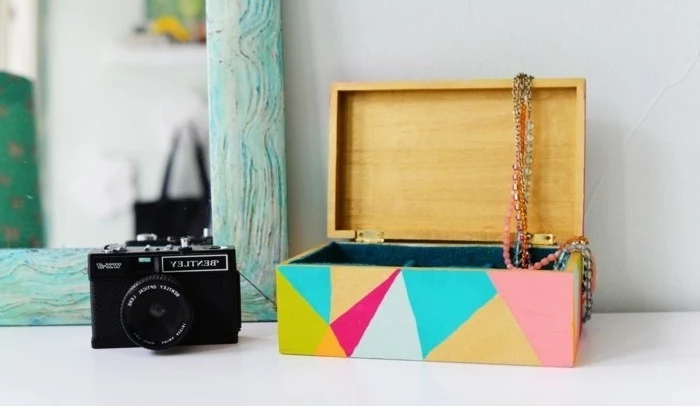
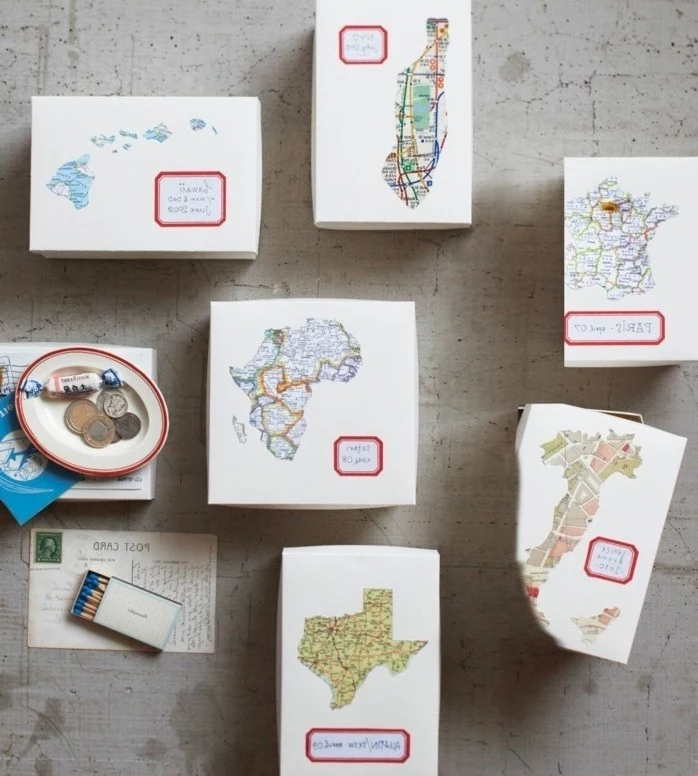
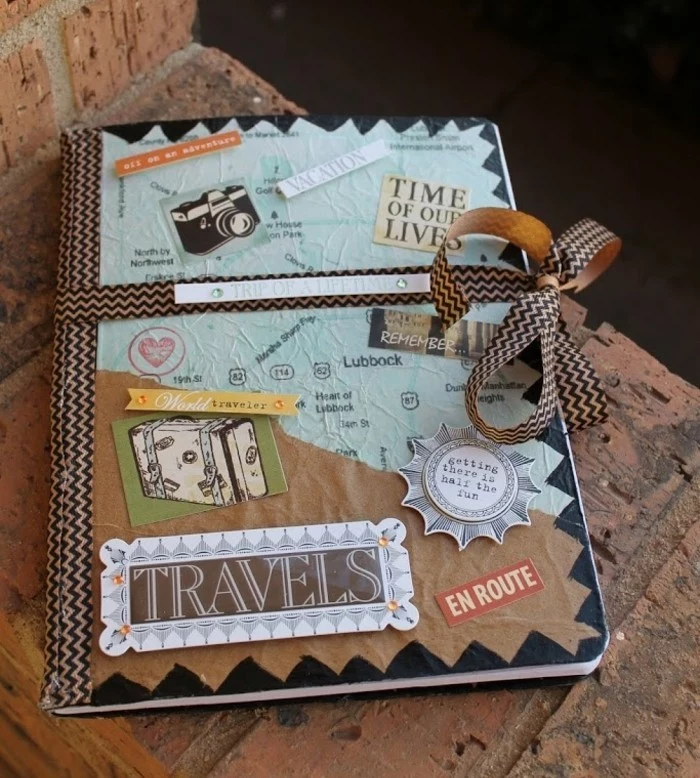
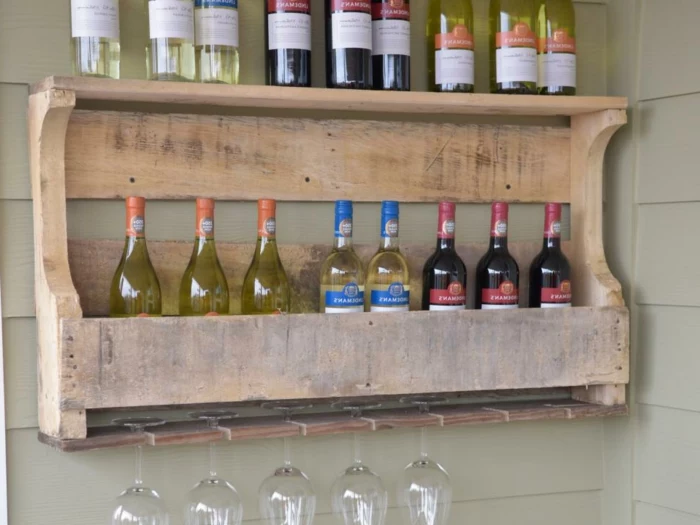
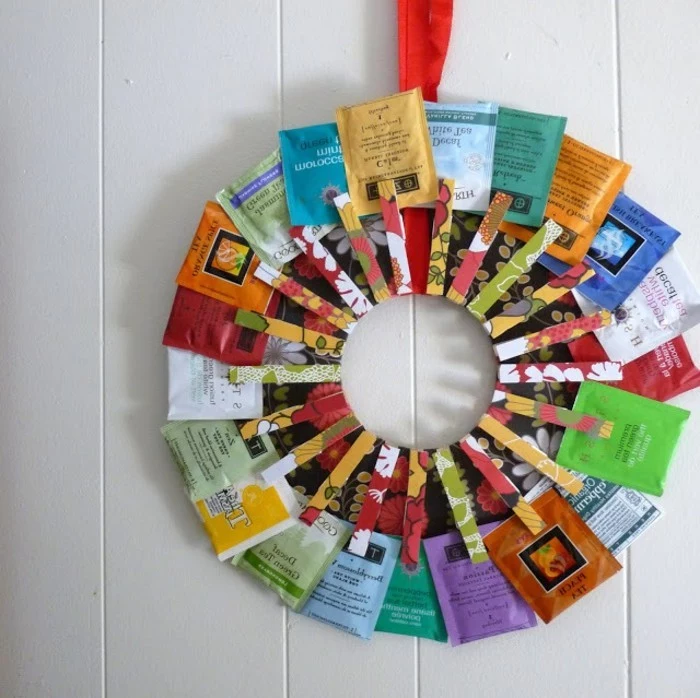
How long will a cookie mix in a jar last?
If you use fresh ingredients and store it in a truly airtight container in a cool, dark place, it should easily last for 3-6 months. The limiting factor is usually the leavening agent (baking soda or powder), which can lose potency over time. Always add a
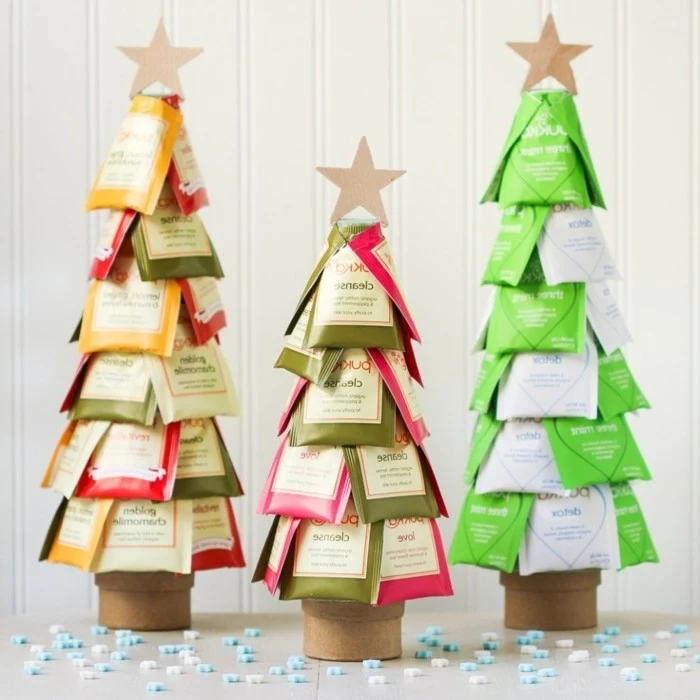

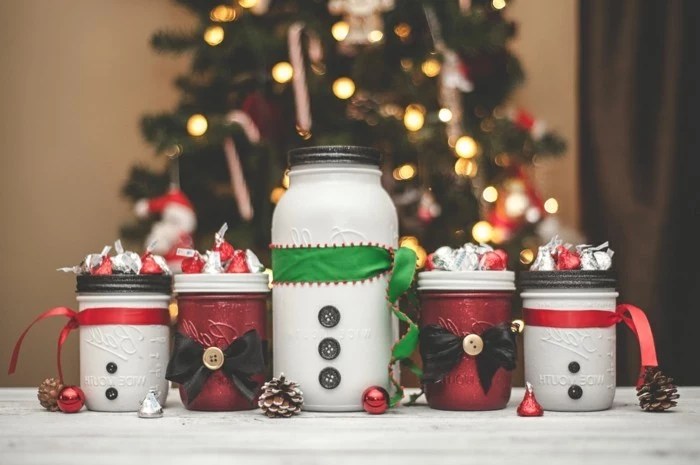
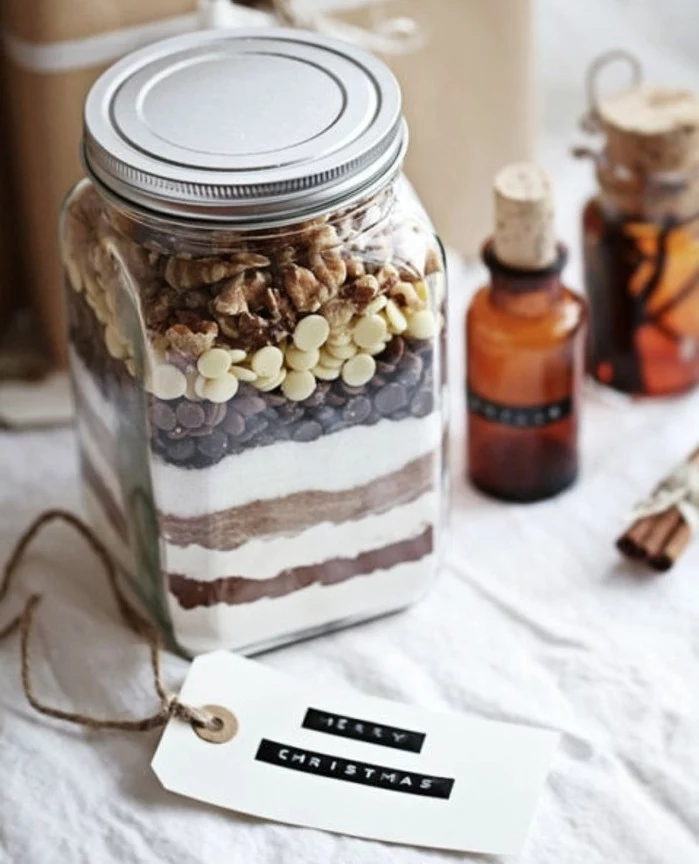

Expand your handmade repertoire with a DIY spice blend. It’s incredibly simple and always appreciated by home cooks. Try a classic Herbes de Provence by mixing dried rosemary, thyme, savory, marjoram, and a touch of lavender. Package it in a small, airtight tin with a stylish label.


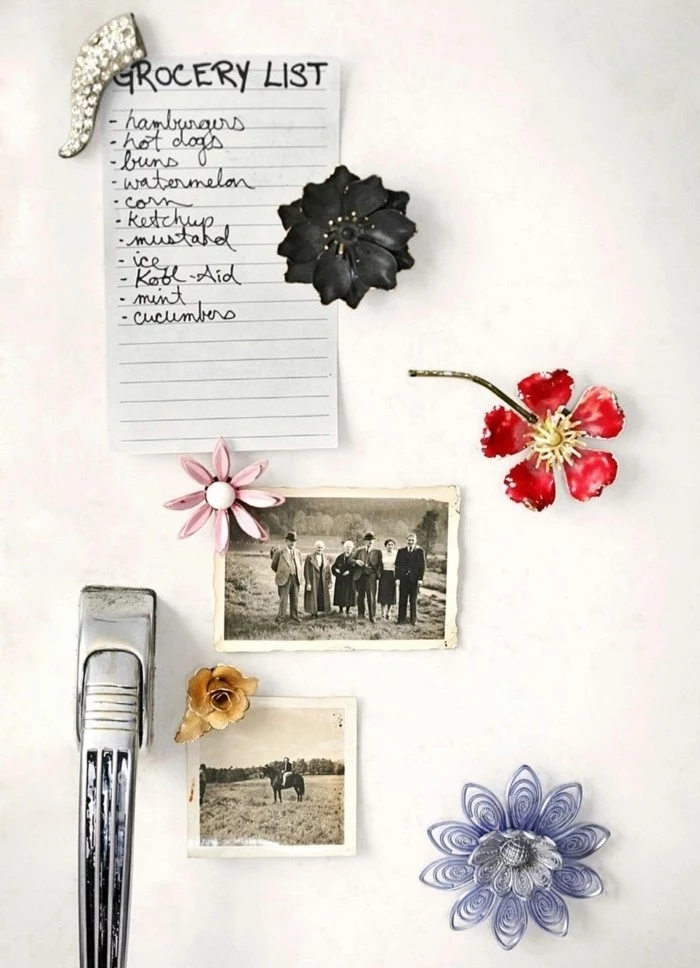
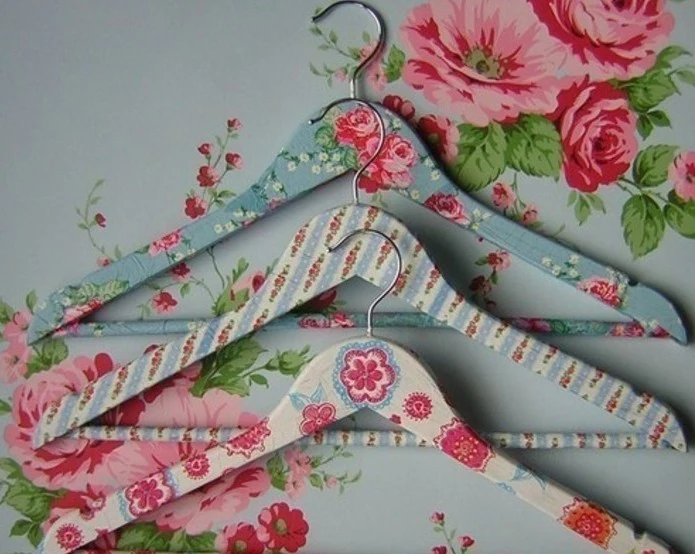
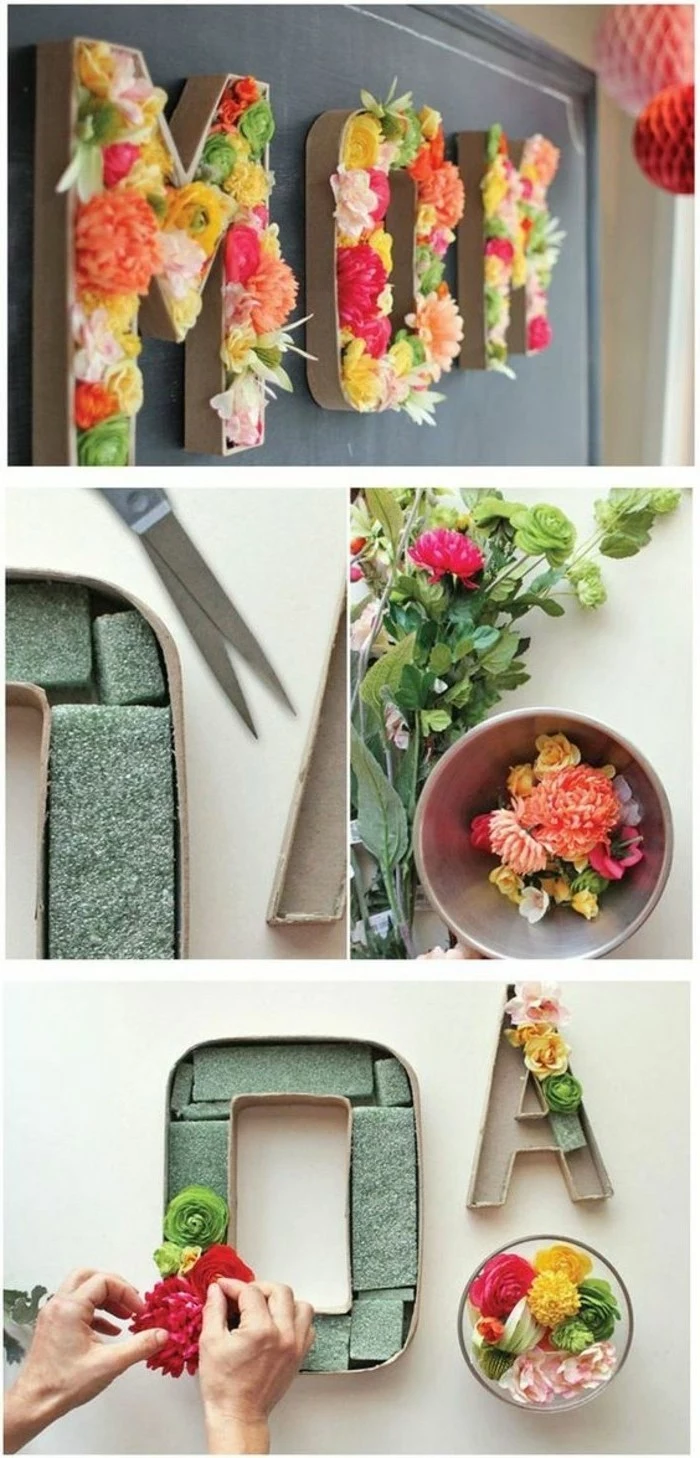
Beeswax: A natural product with a subtle honey scent. It has a higher melting point and burns longer and brighter than soy. It’s a premium, though more expensive, choice.
Soy Wax: A vegetable-based wax that holds fragrance exceptionally well and is known for a cleaner burn. It’s affordable and beginner-friendly, making it the go-to for most hobbyists.
For scent-focused candles, soy is king. For a natural, unscented candle, beeswax is beautiful.
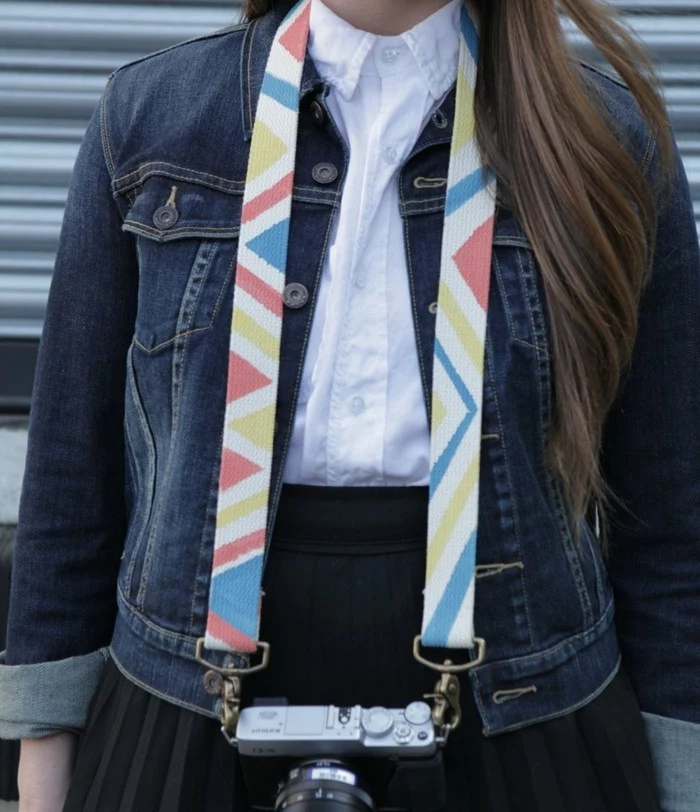

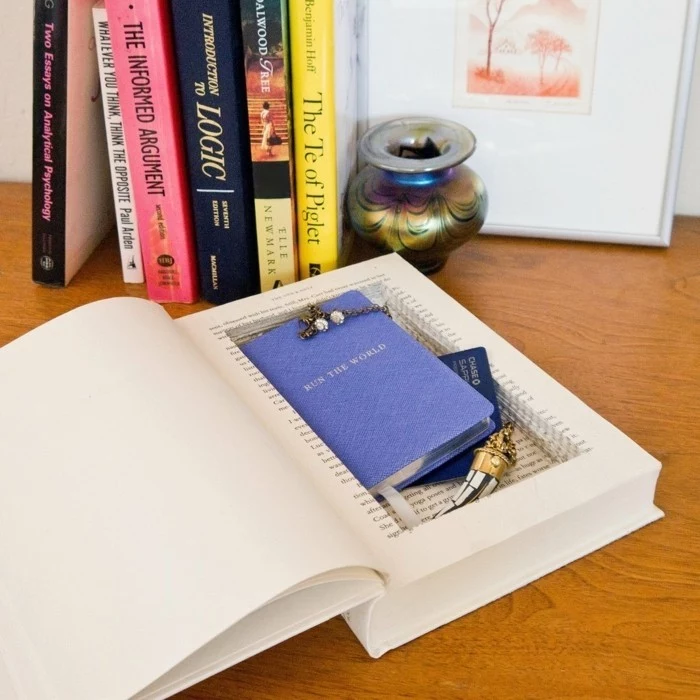
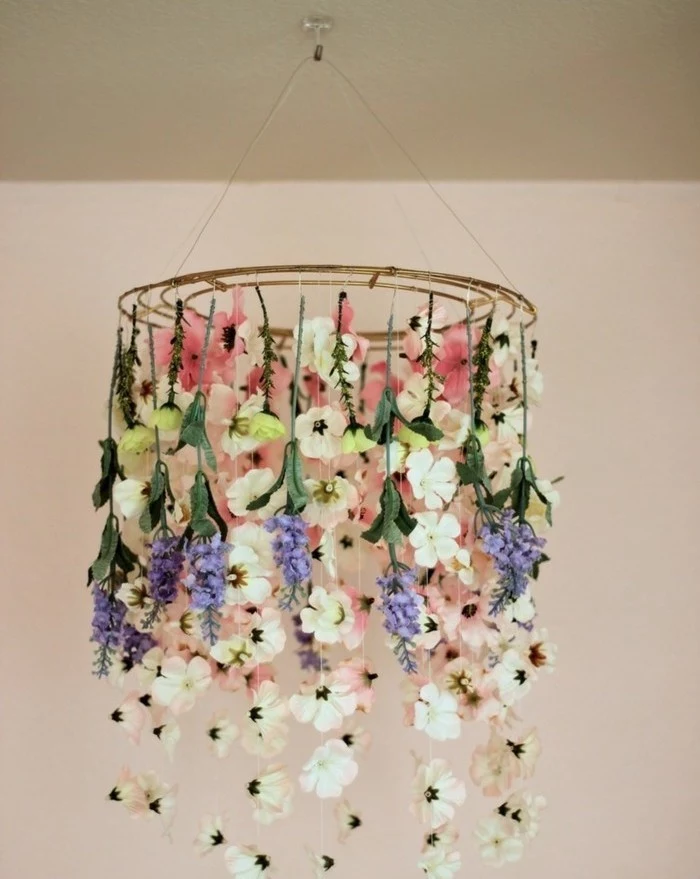
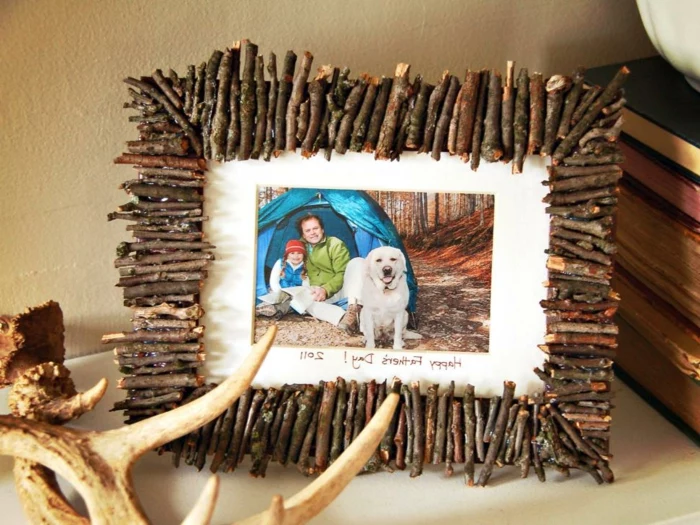
Studies in behavioral economics show that the perceived effort invested in a gift significantly increases its value to the recipient.
This is the
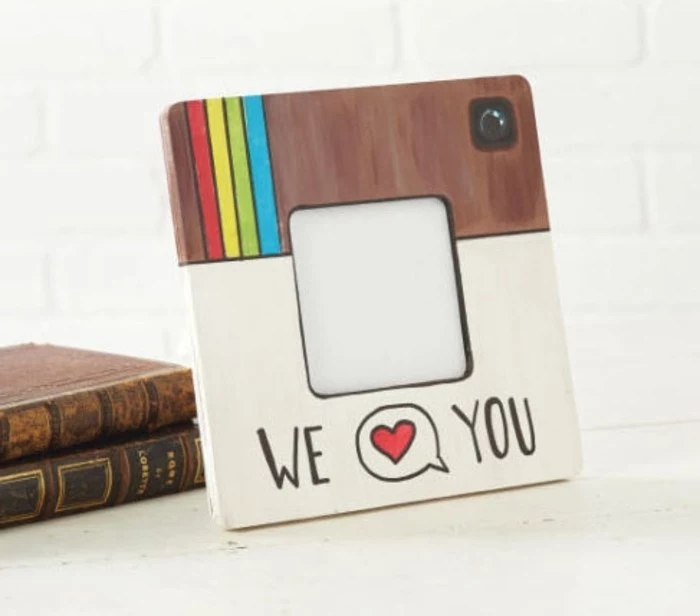
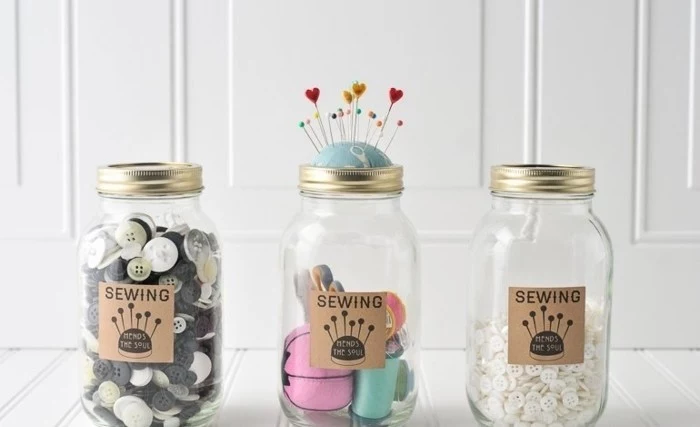
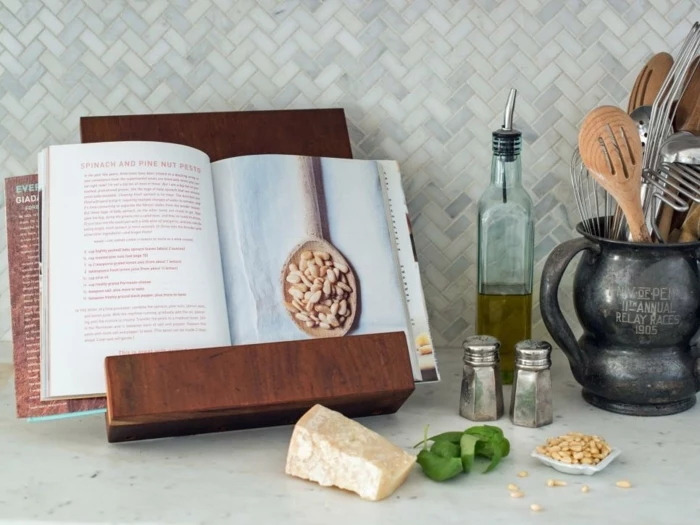
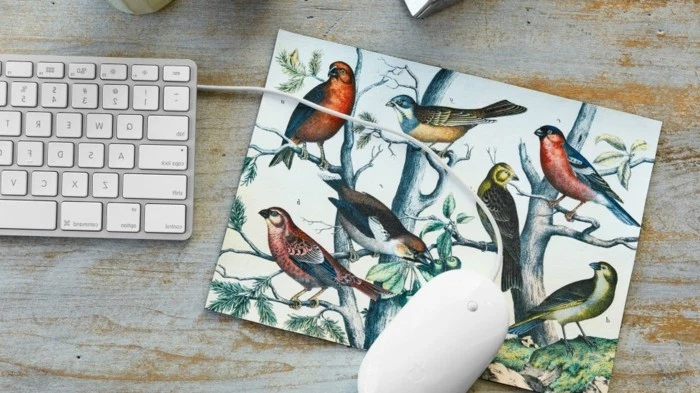
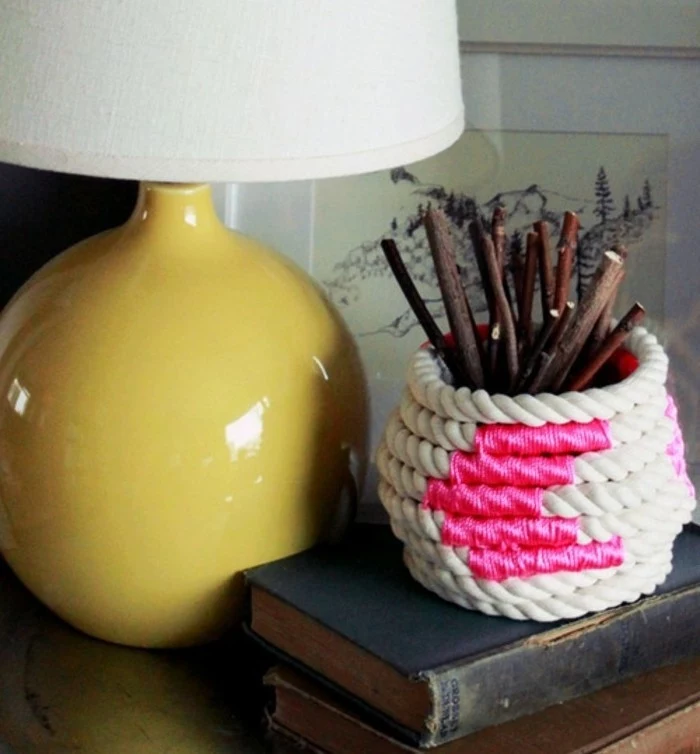
If you ever consider selling your creations, even at a small craft fair, remember to check labeling requirements. For cosmetics like scrubs, the FDA has specific rules about listing ingredients in descending order of predominance. For candles, a warning label on the bottom detailing burn instructions is a non-negotiable safety standard.
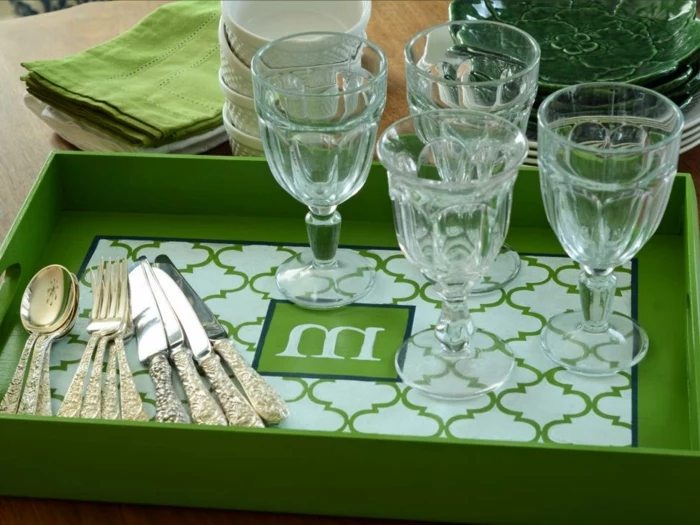
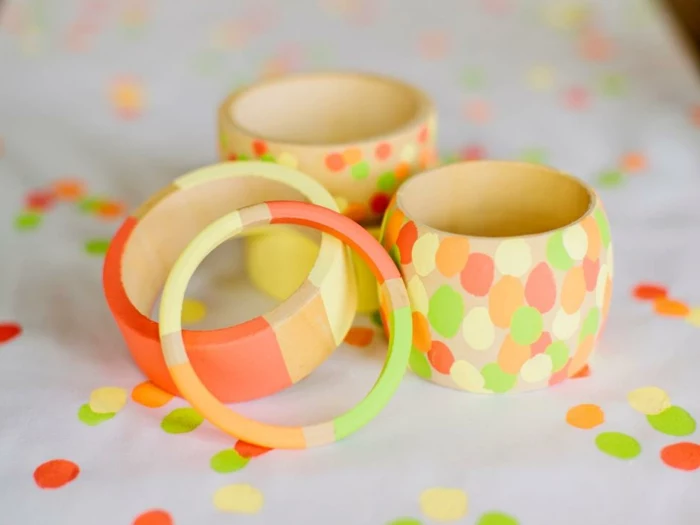
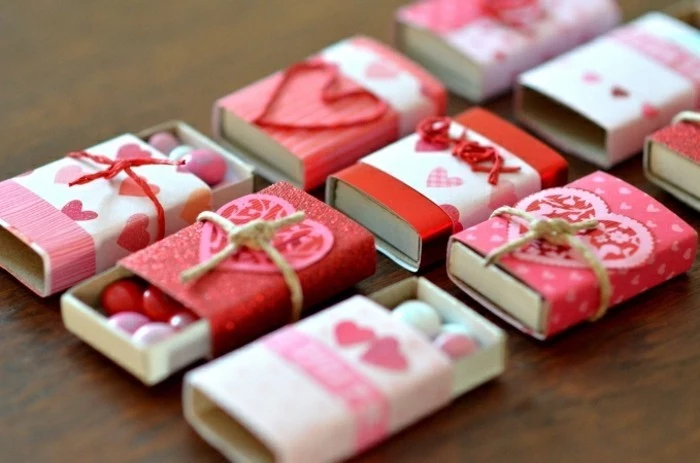
A great gift anticipates a need. When gifting a sugar scrub, include a small, elegant wooden spoon. When gifting a candle, consider adding a stylish wick trimmer or a long-reach lighter. These small additions complete the experience and show an exceptional level of thoughtfulness.










